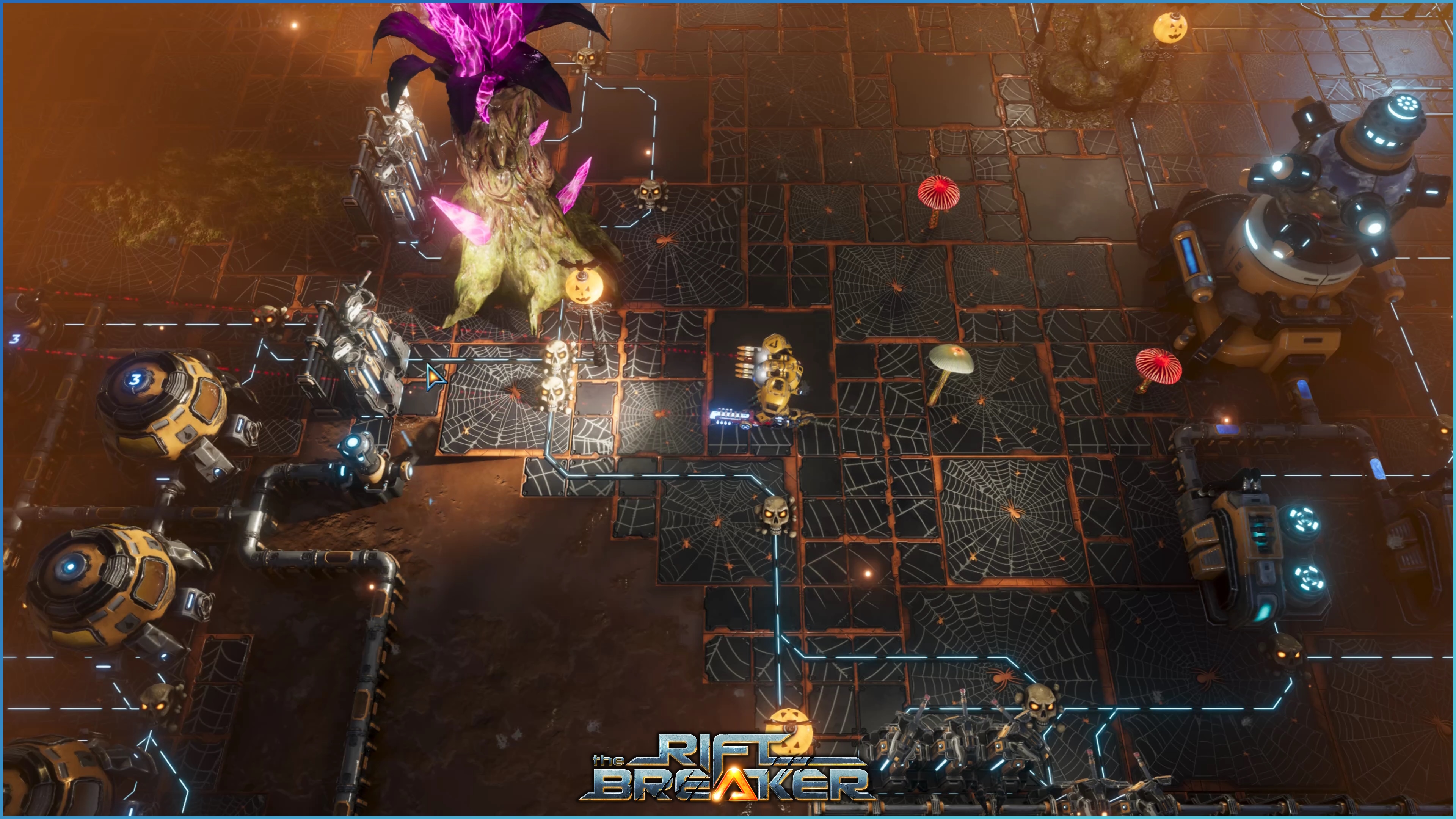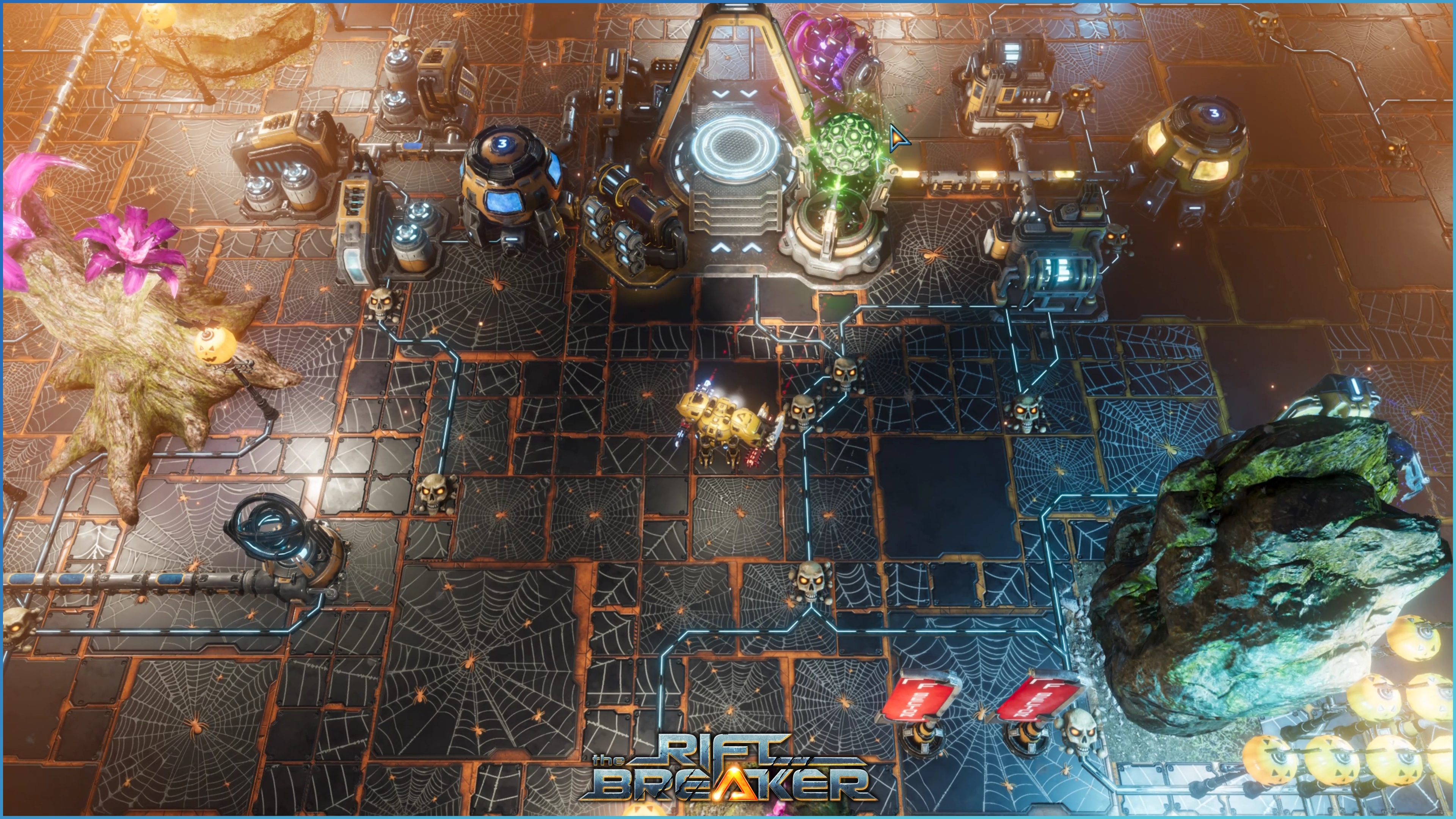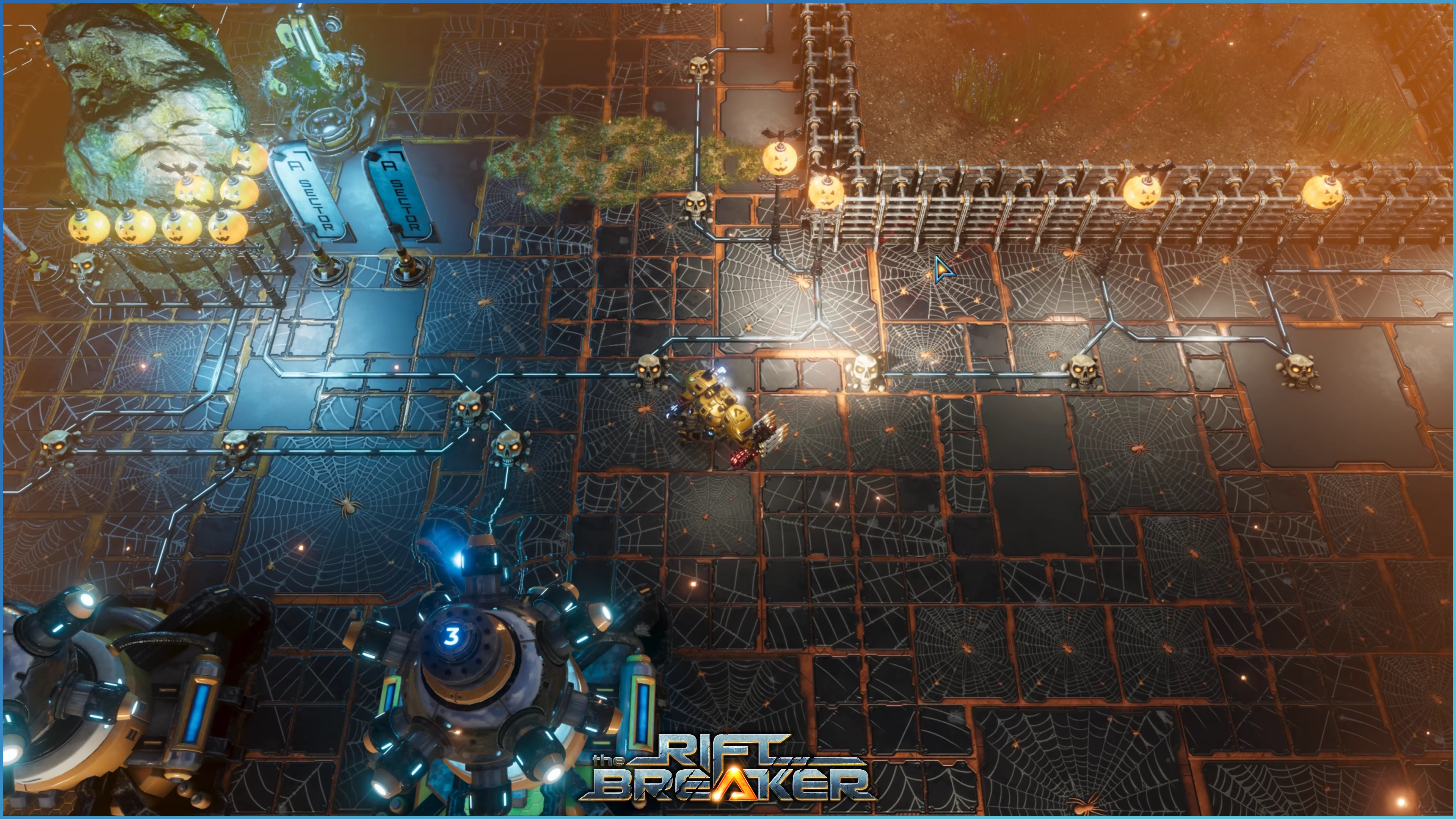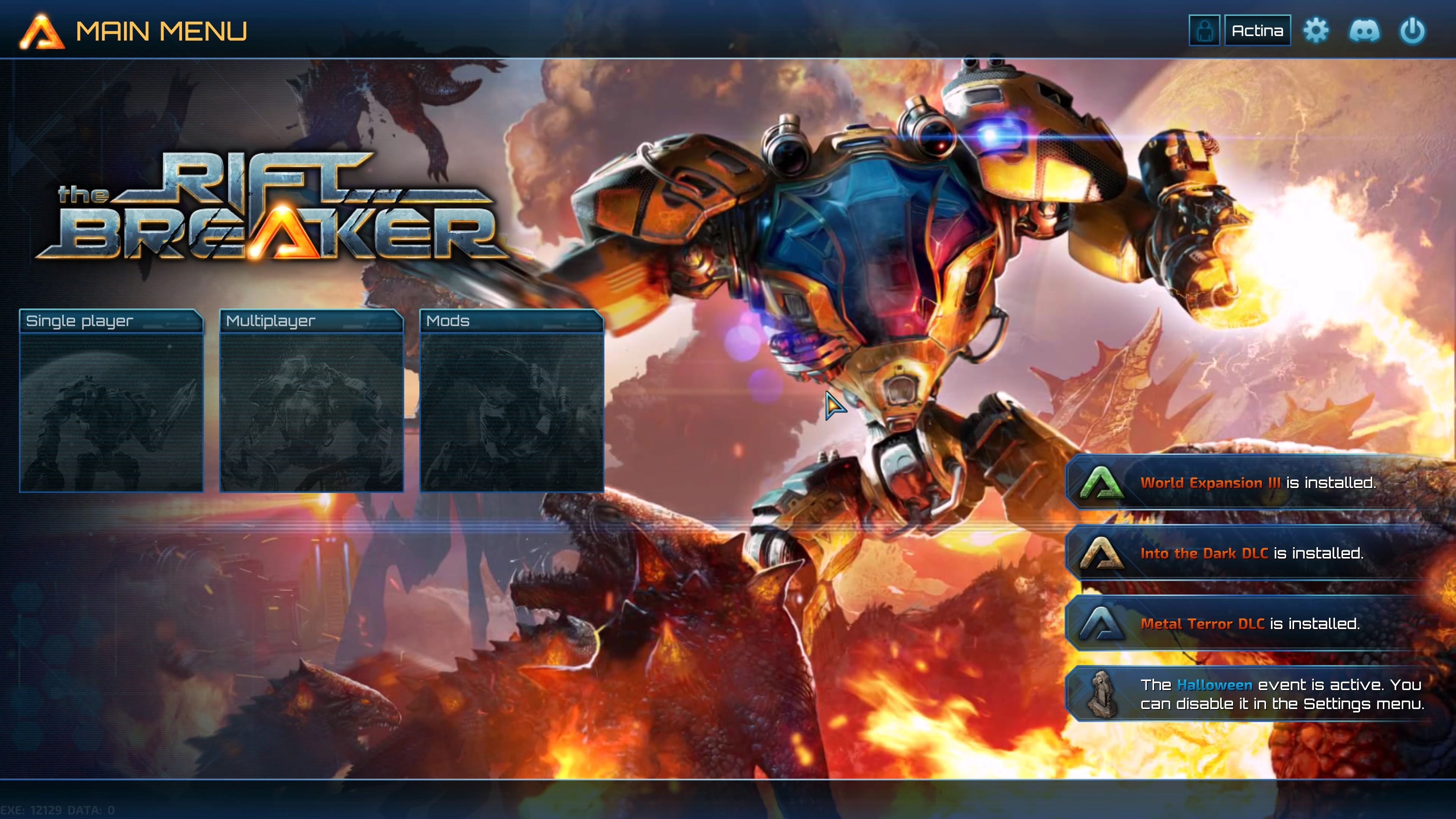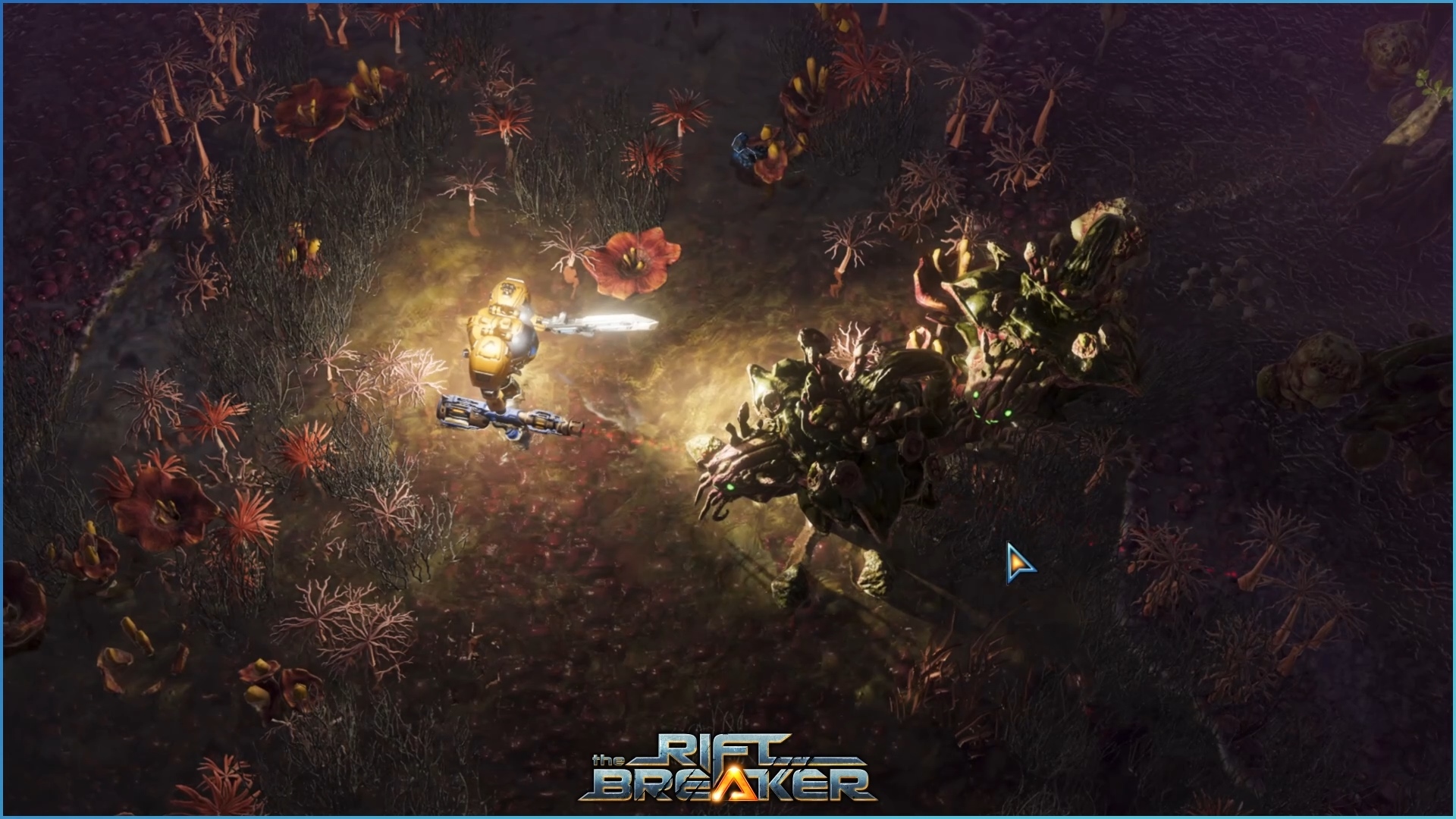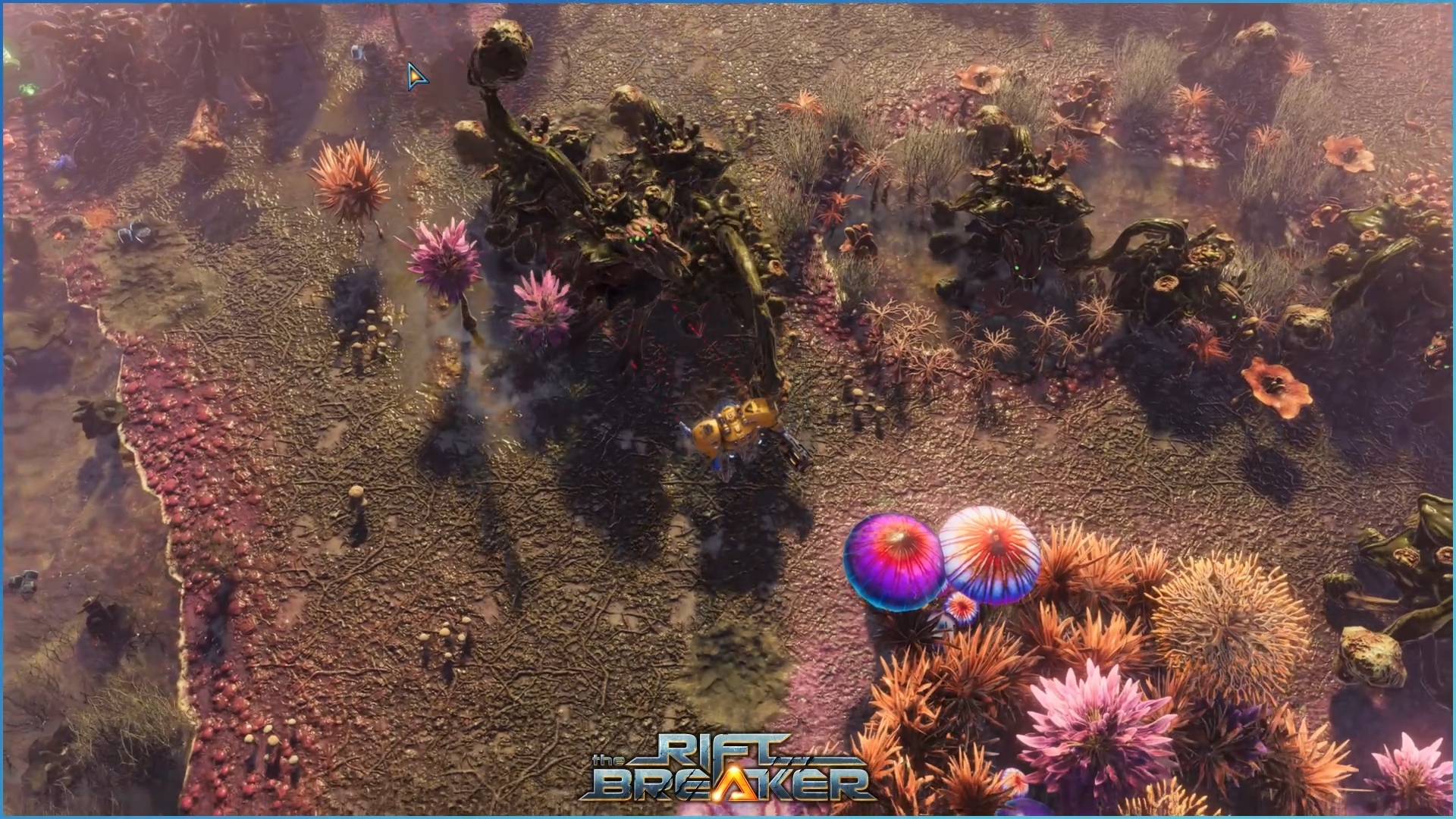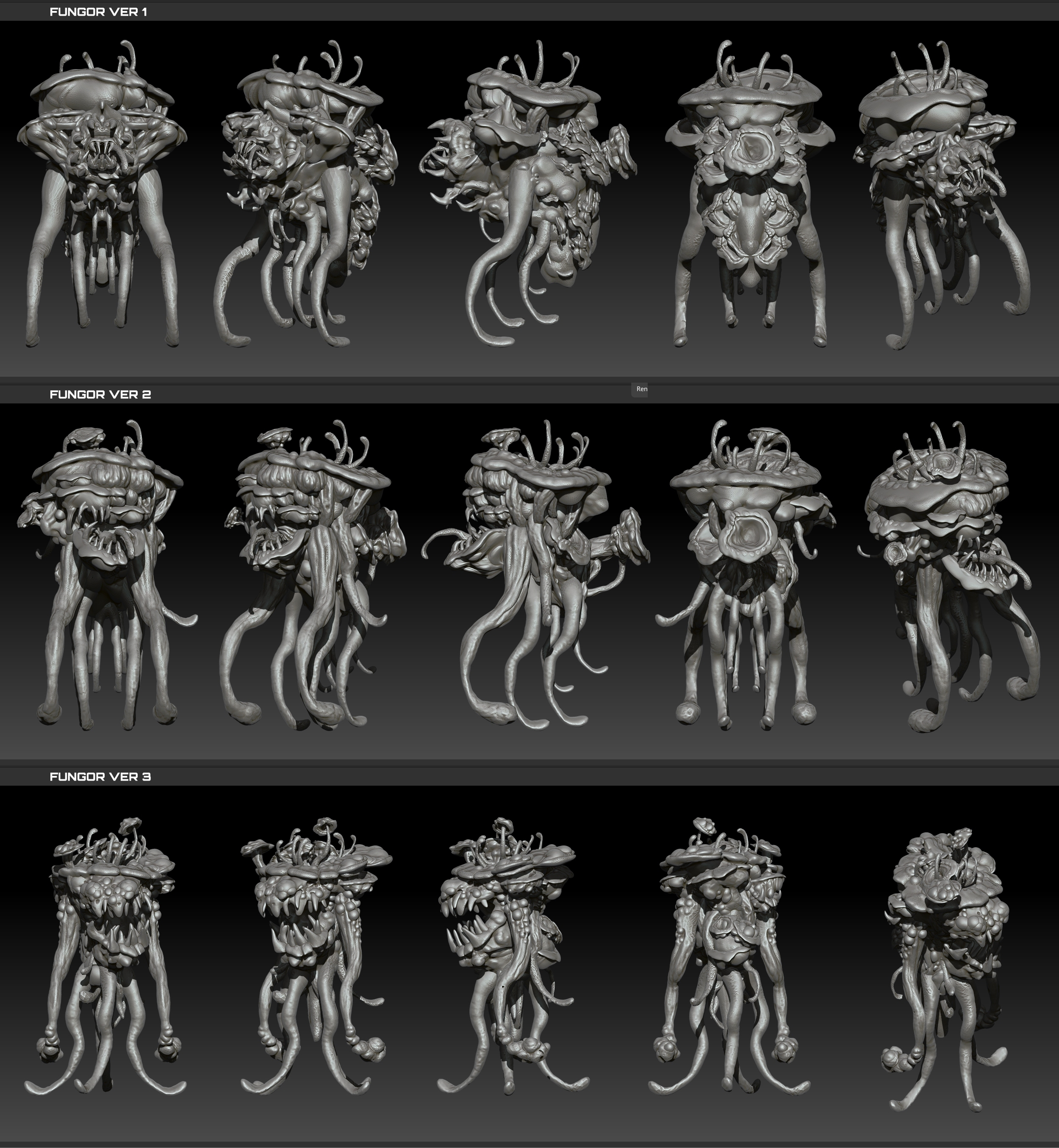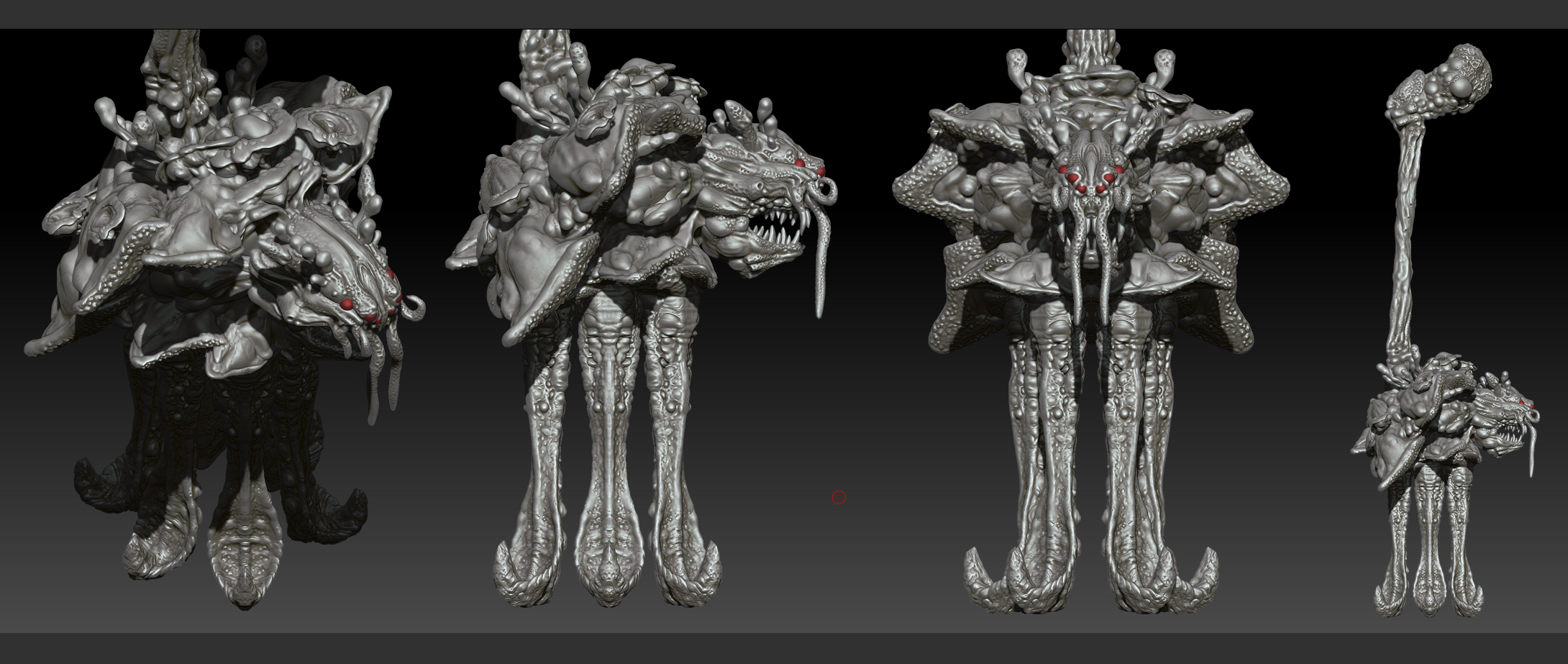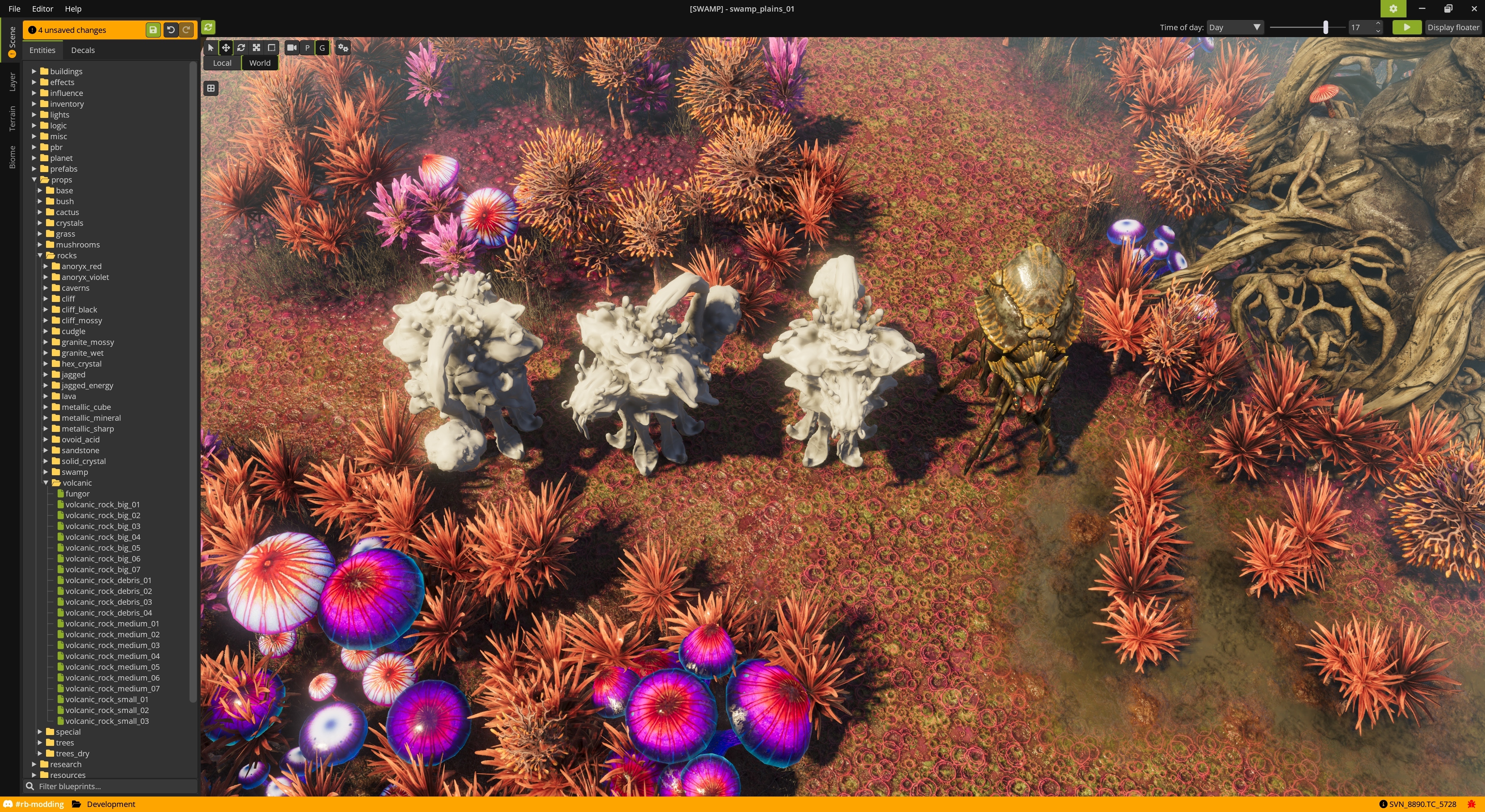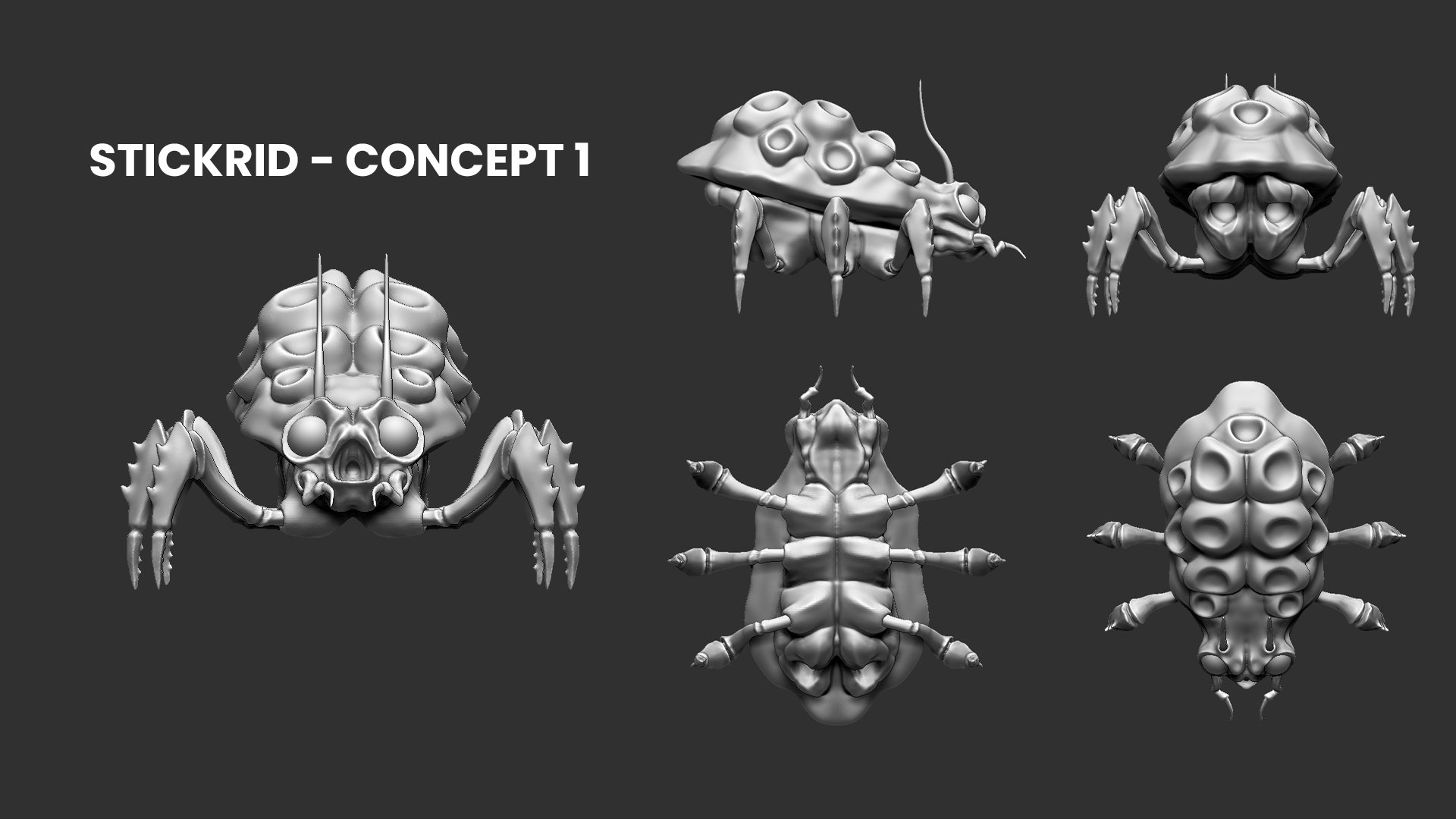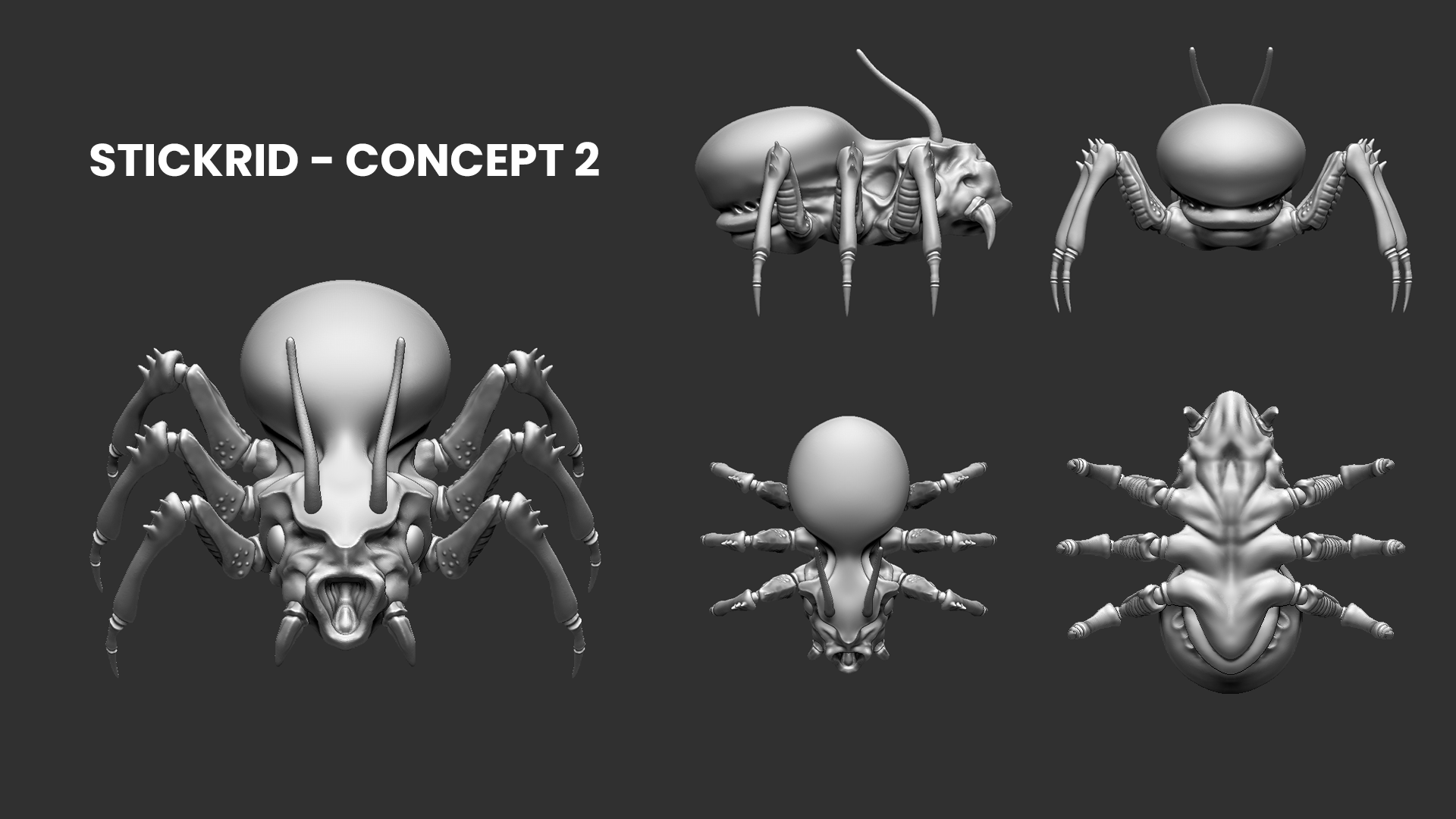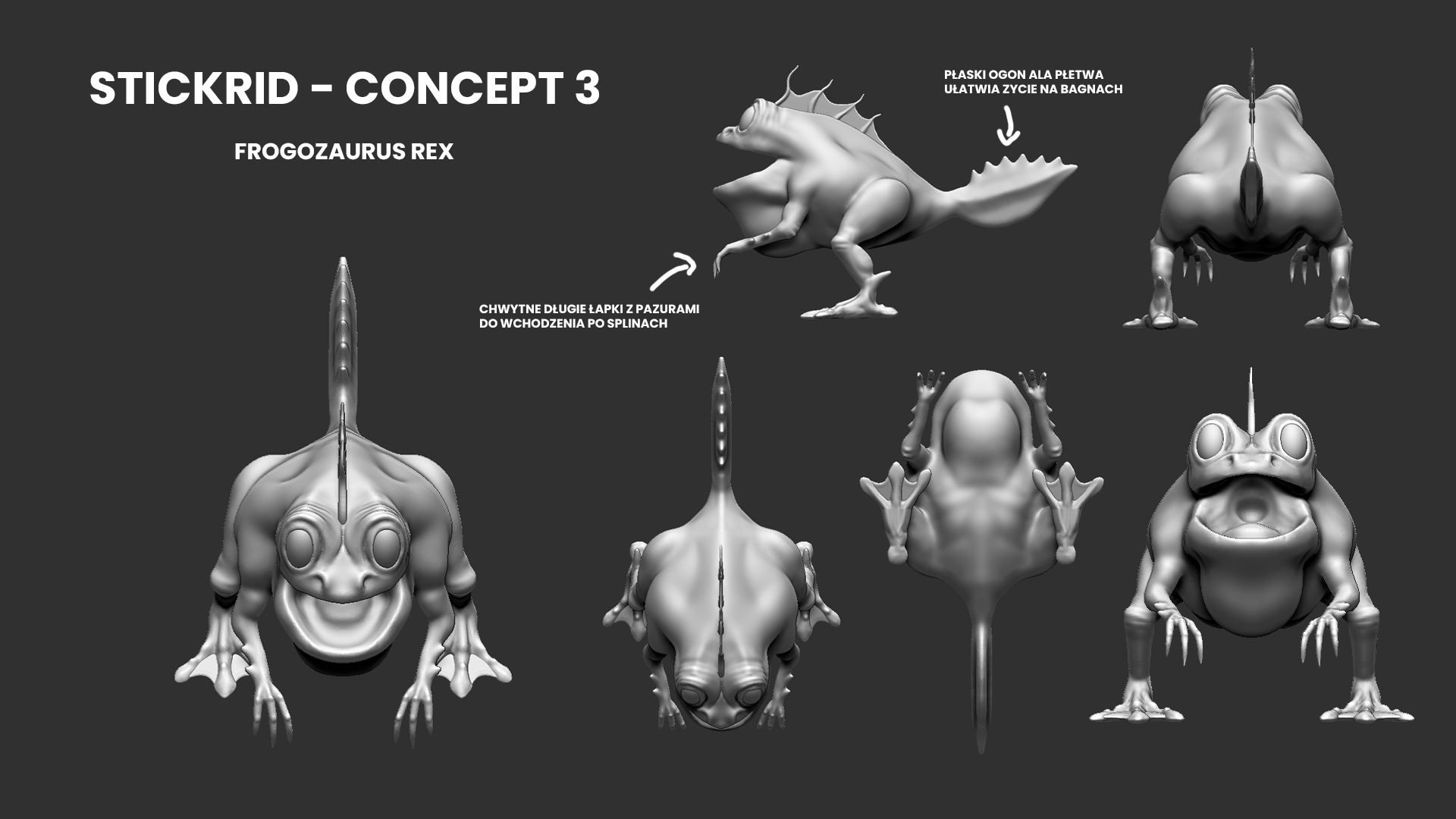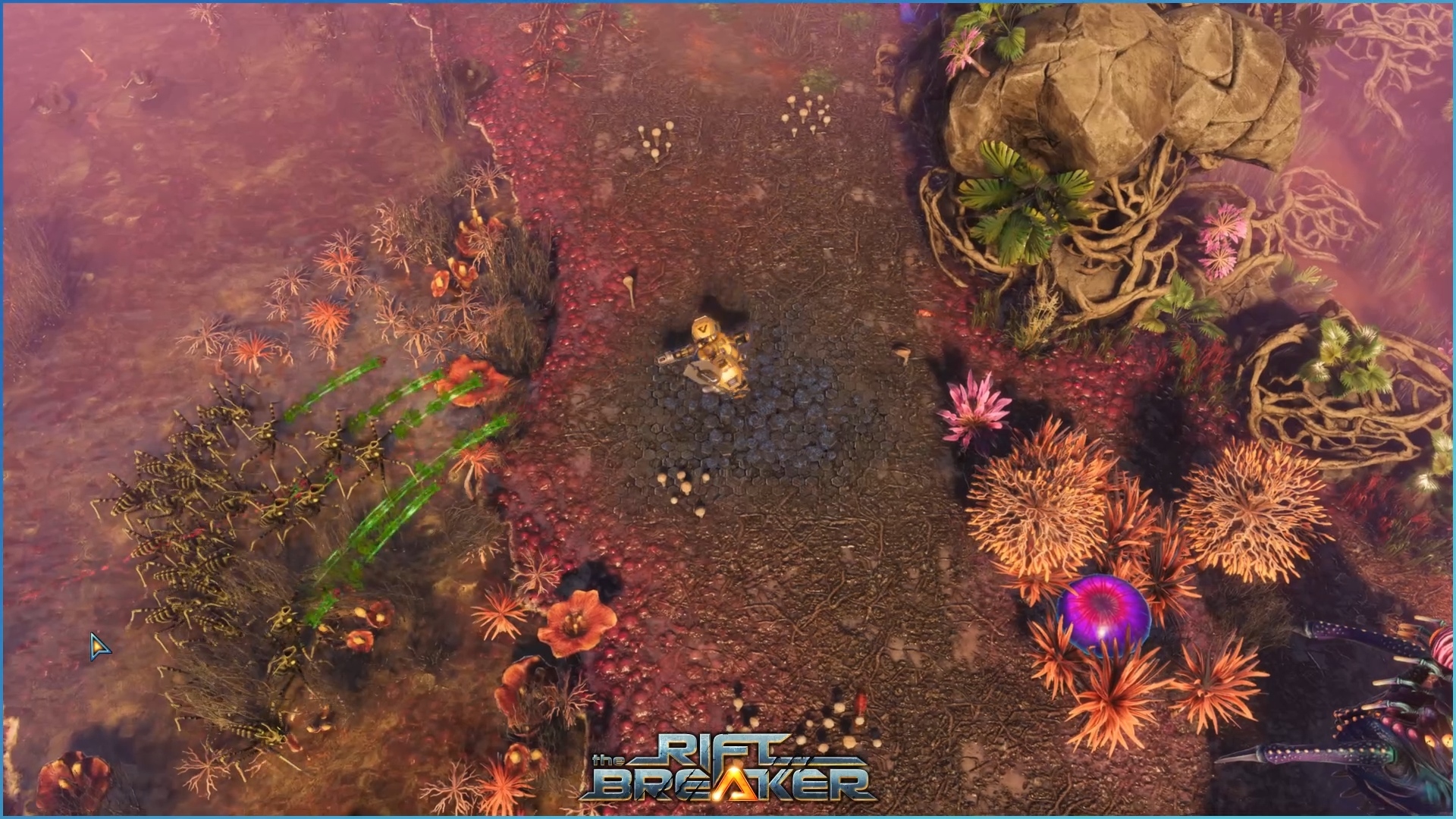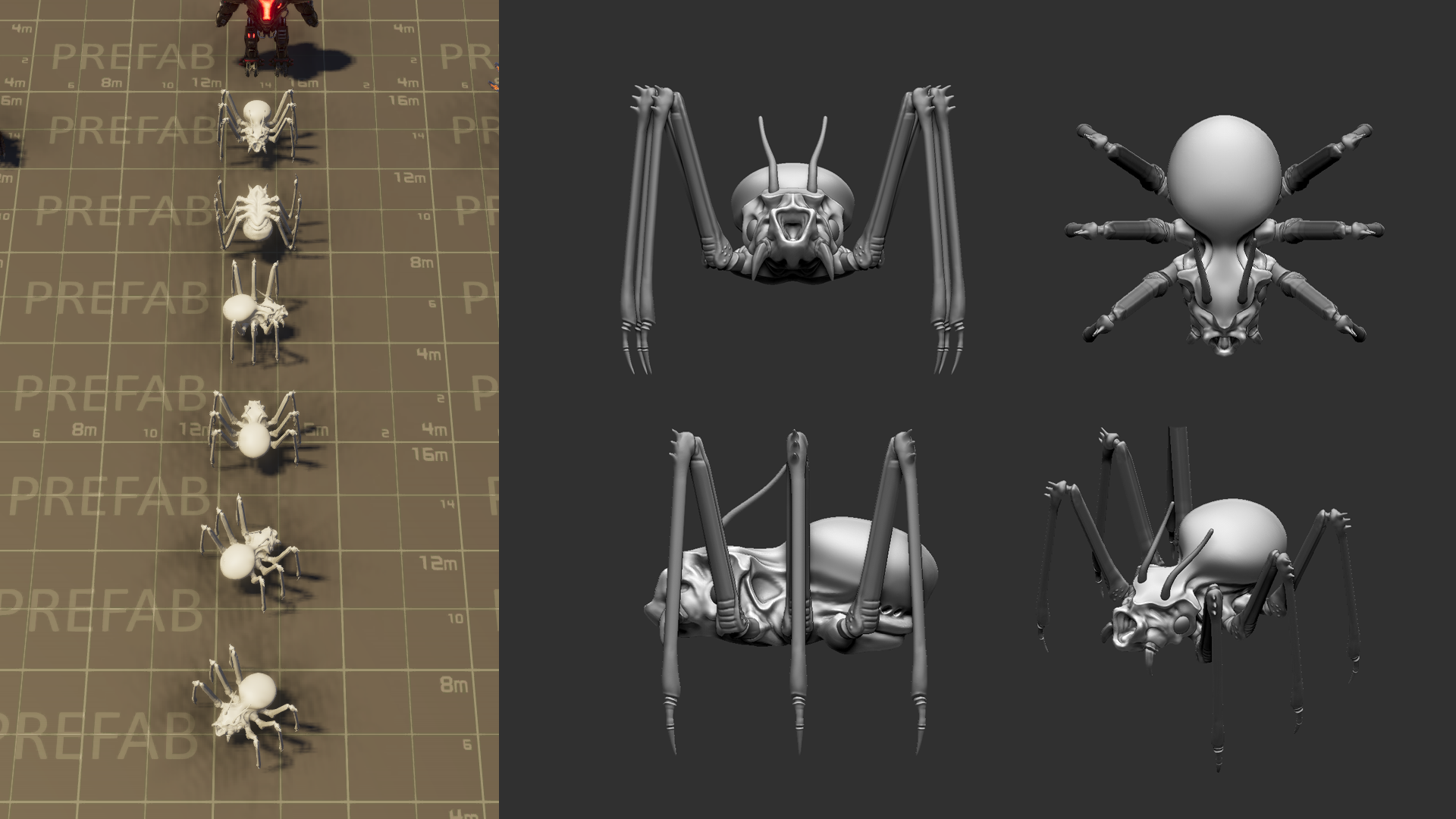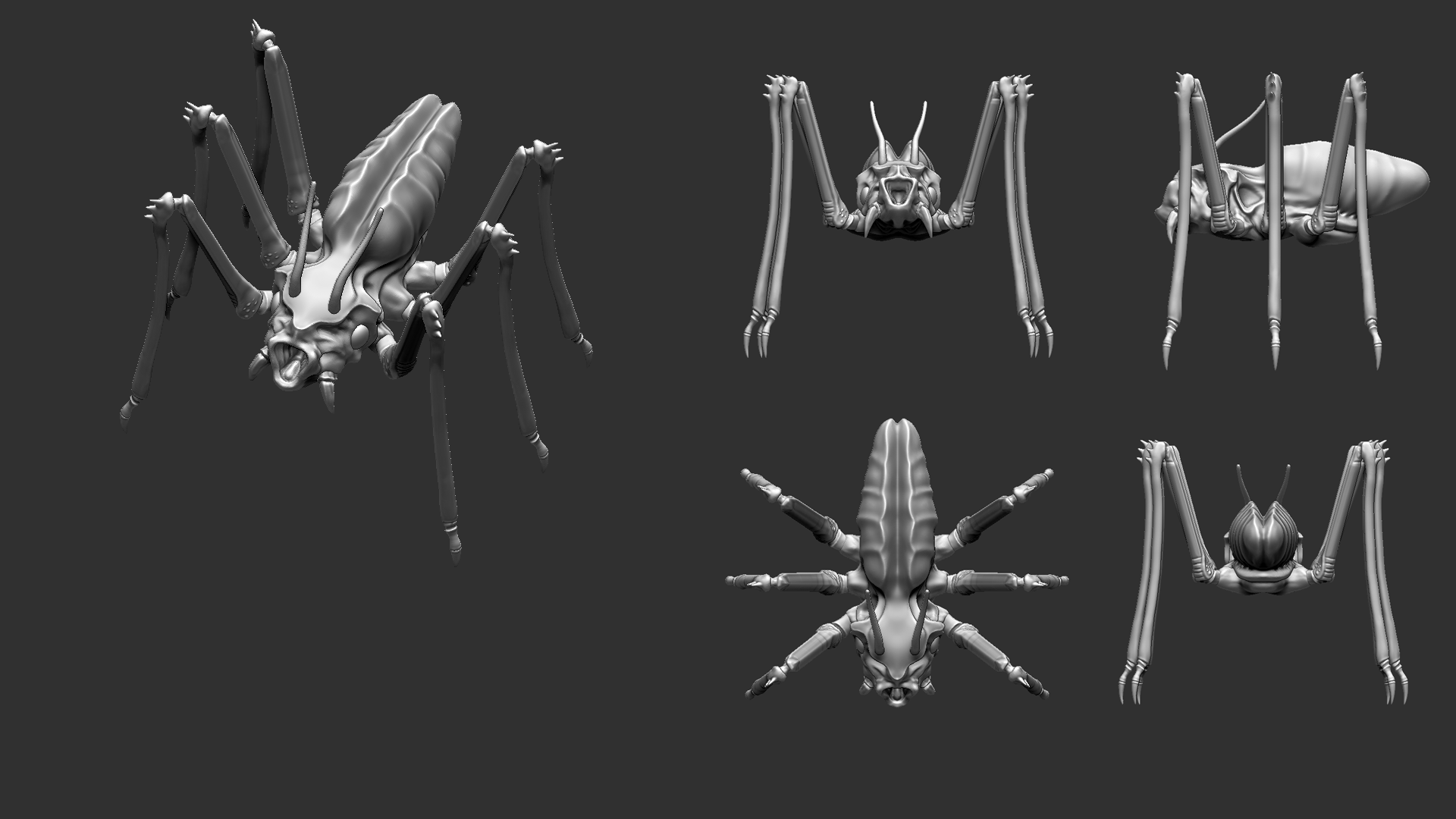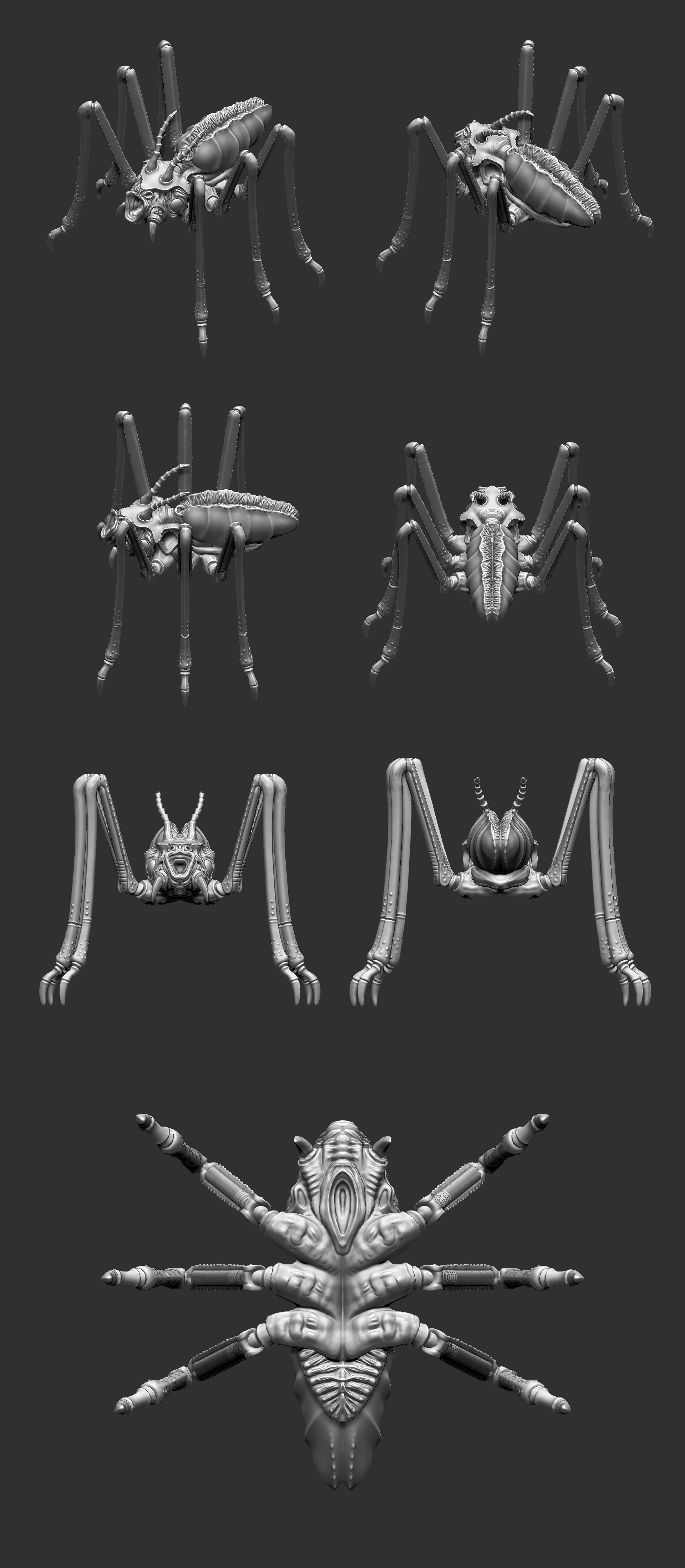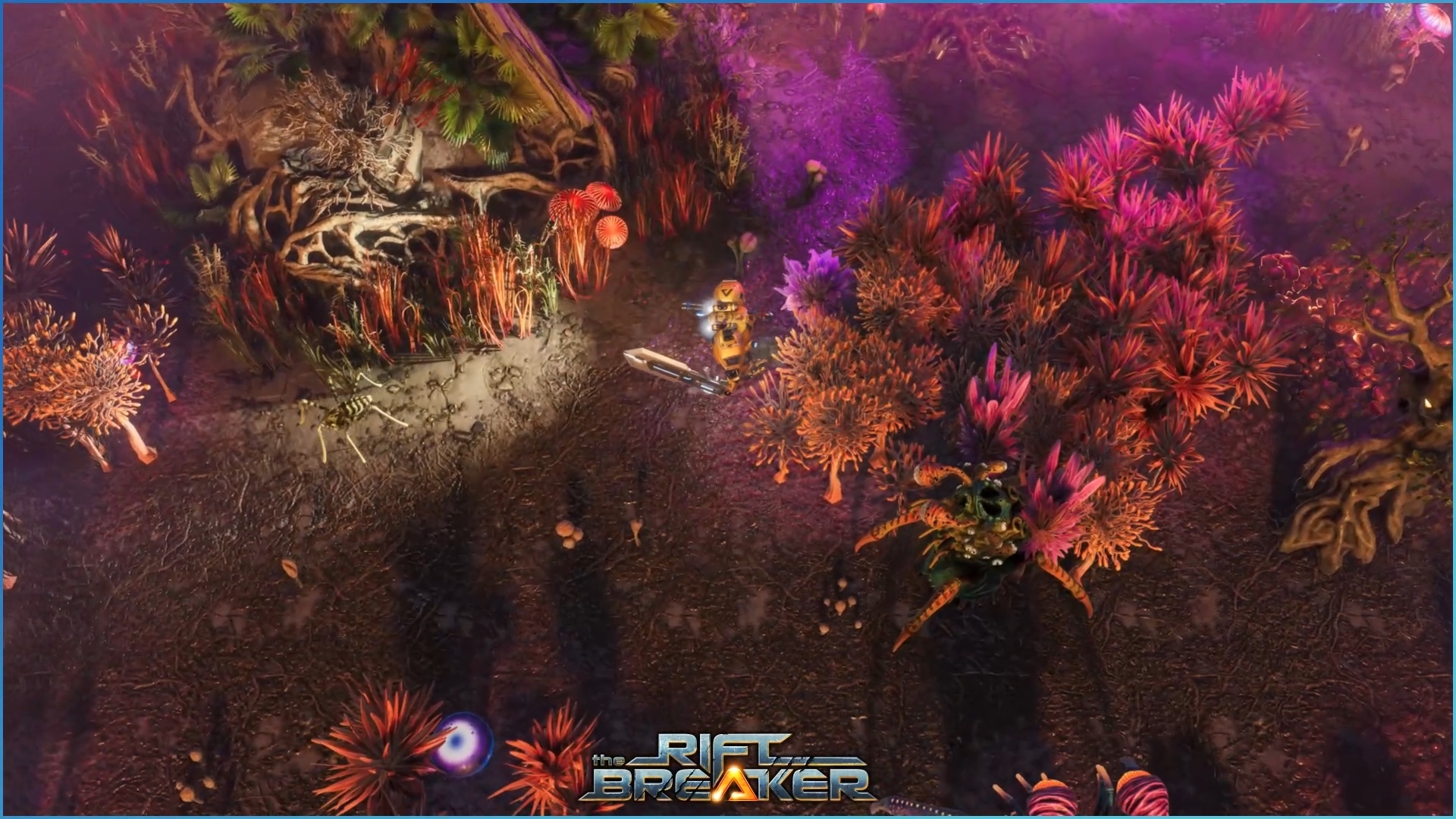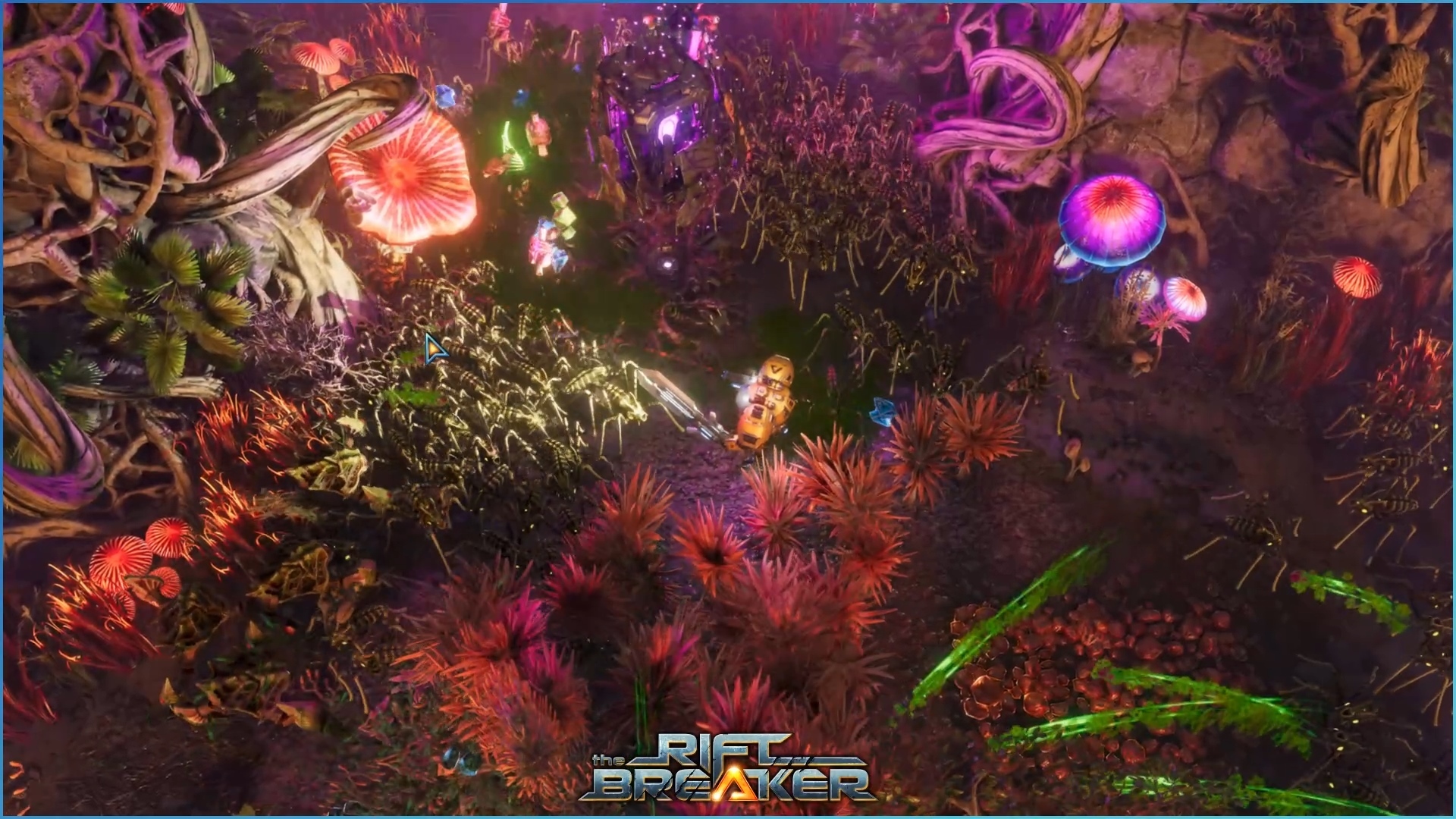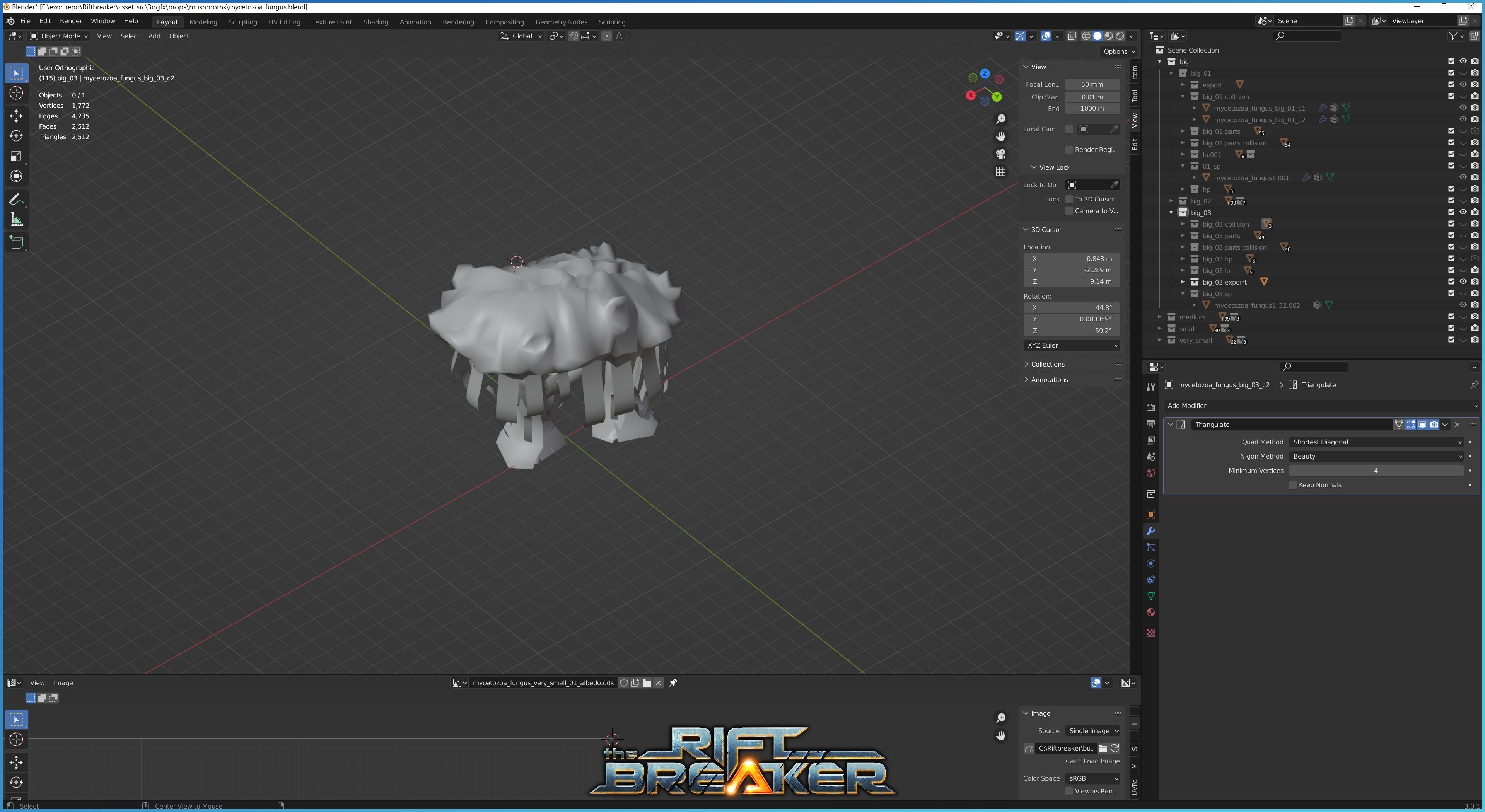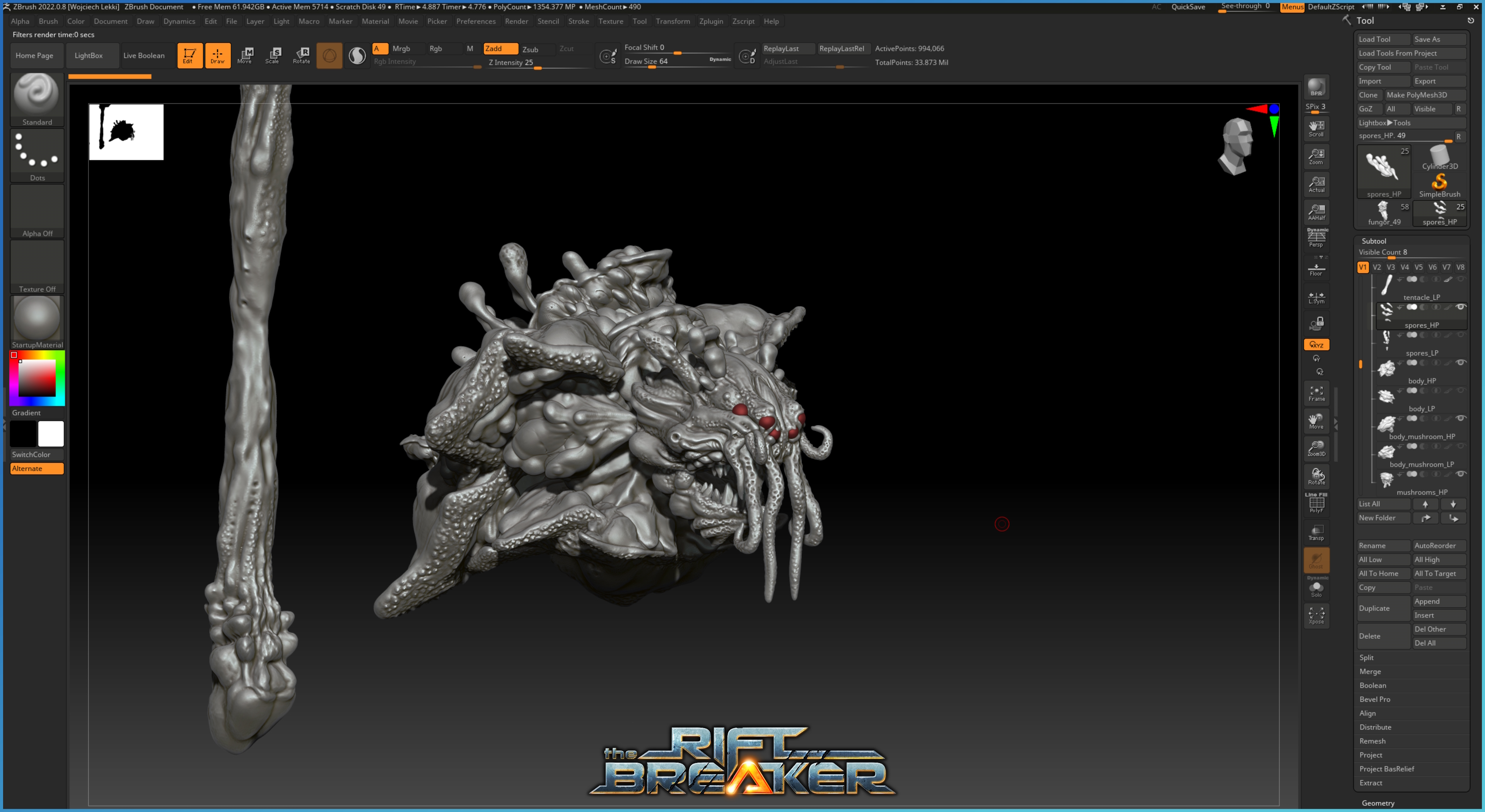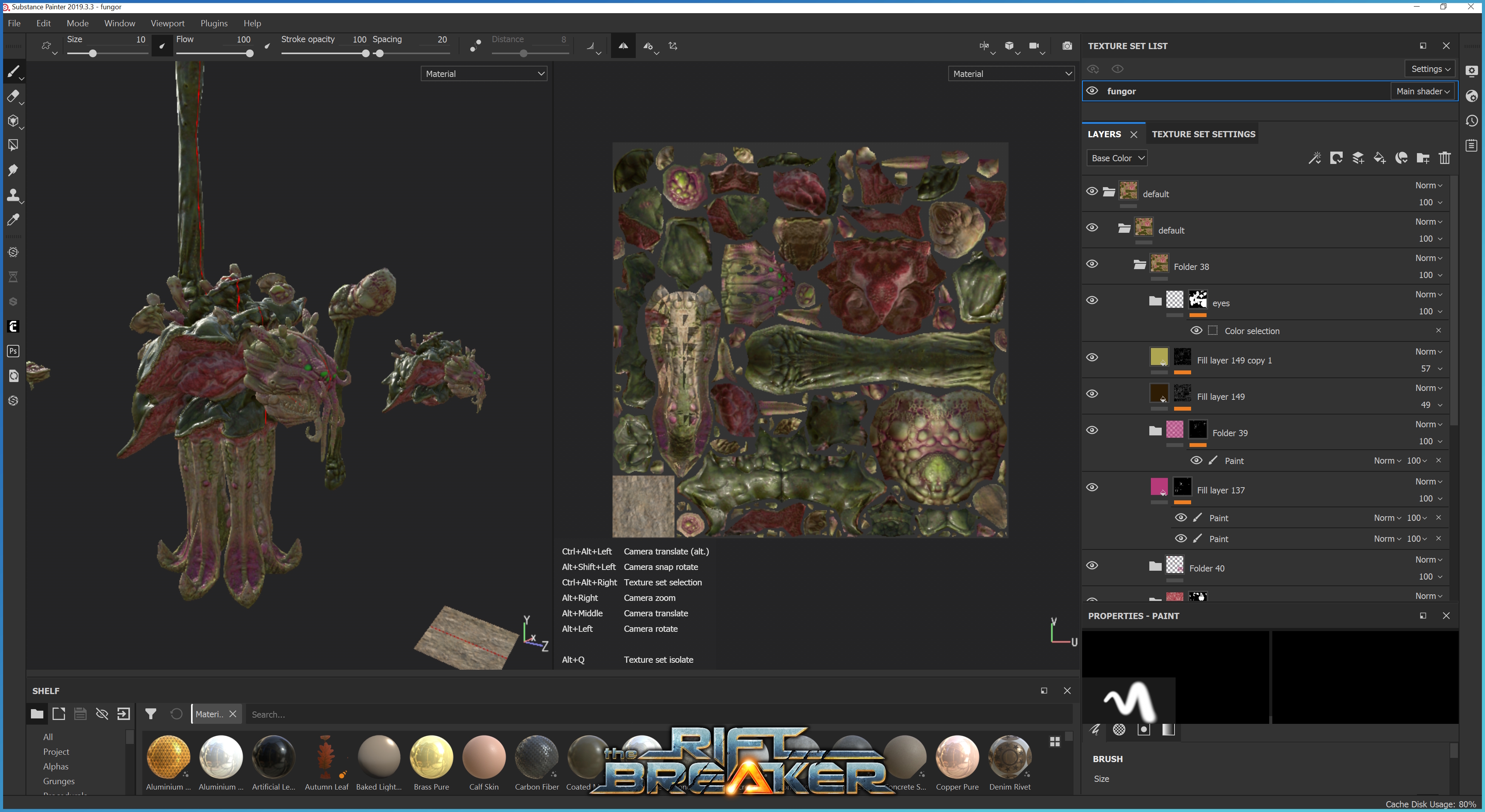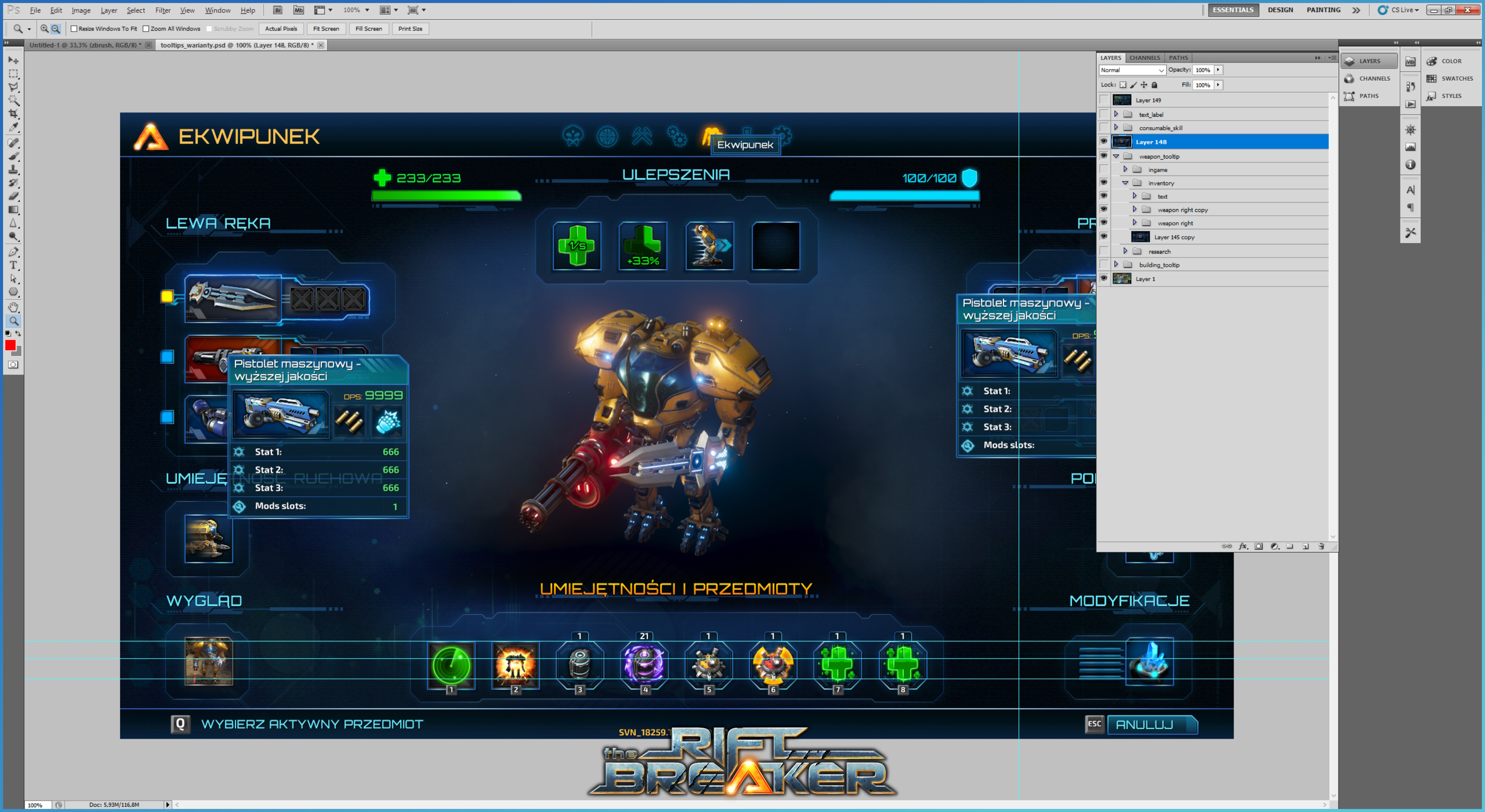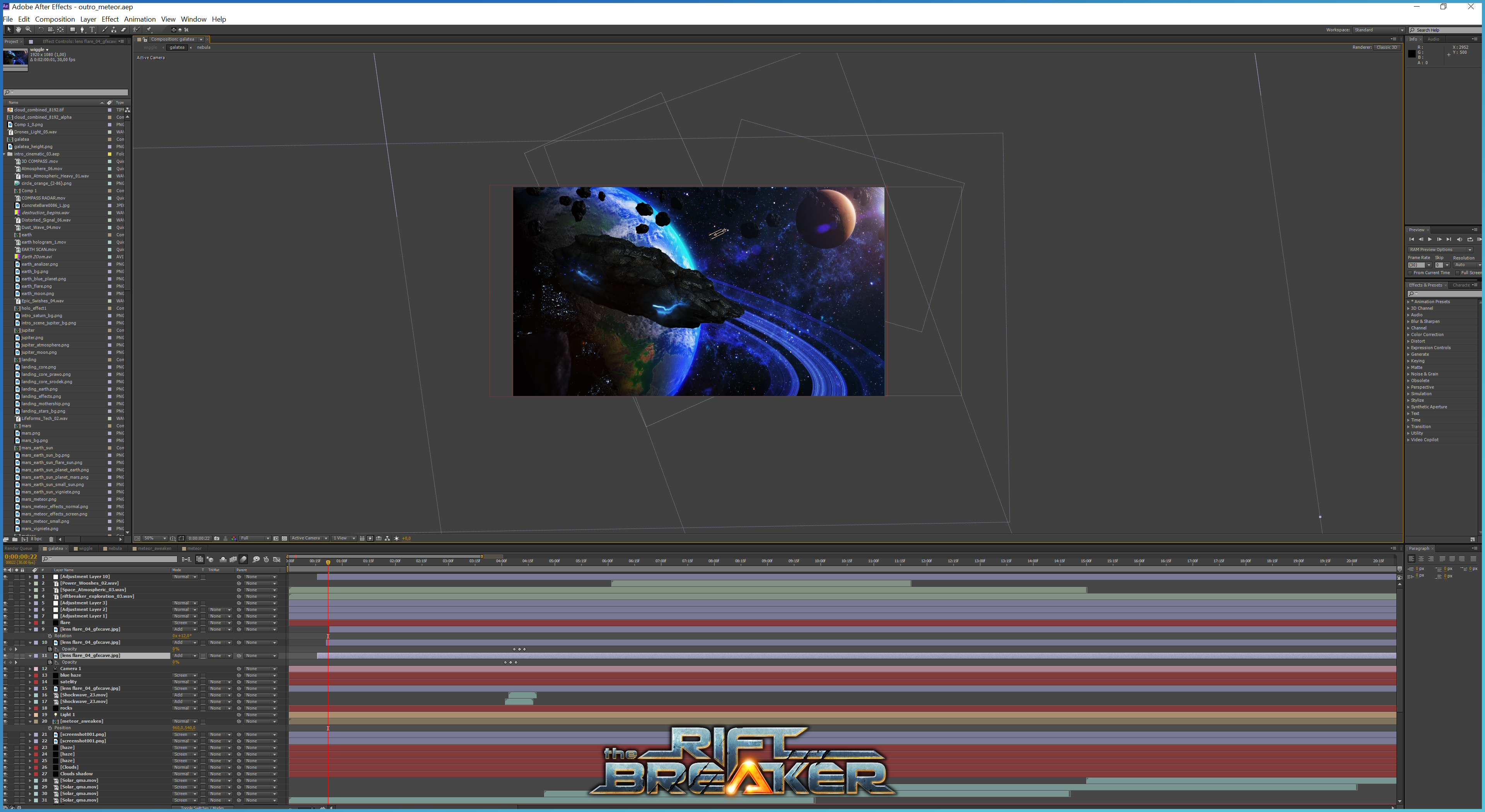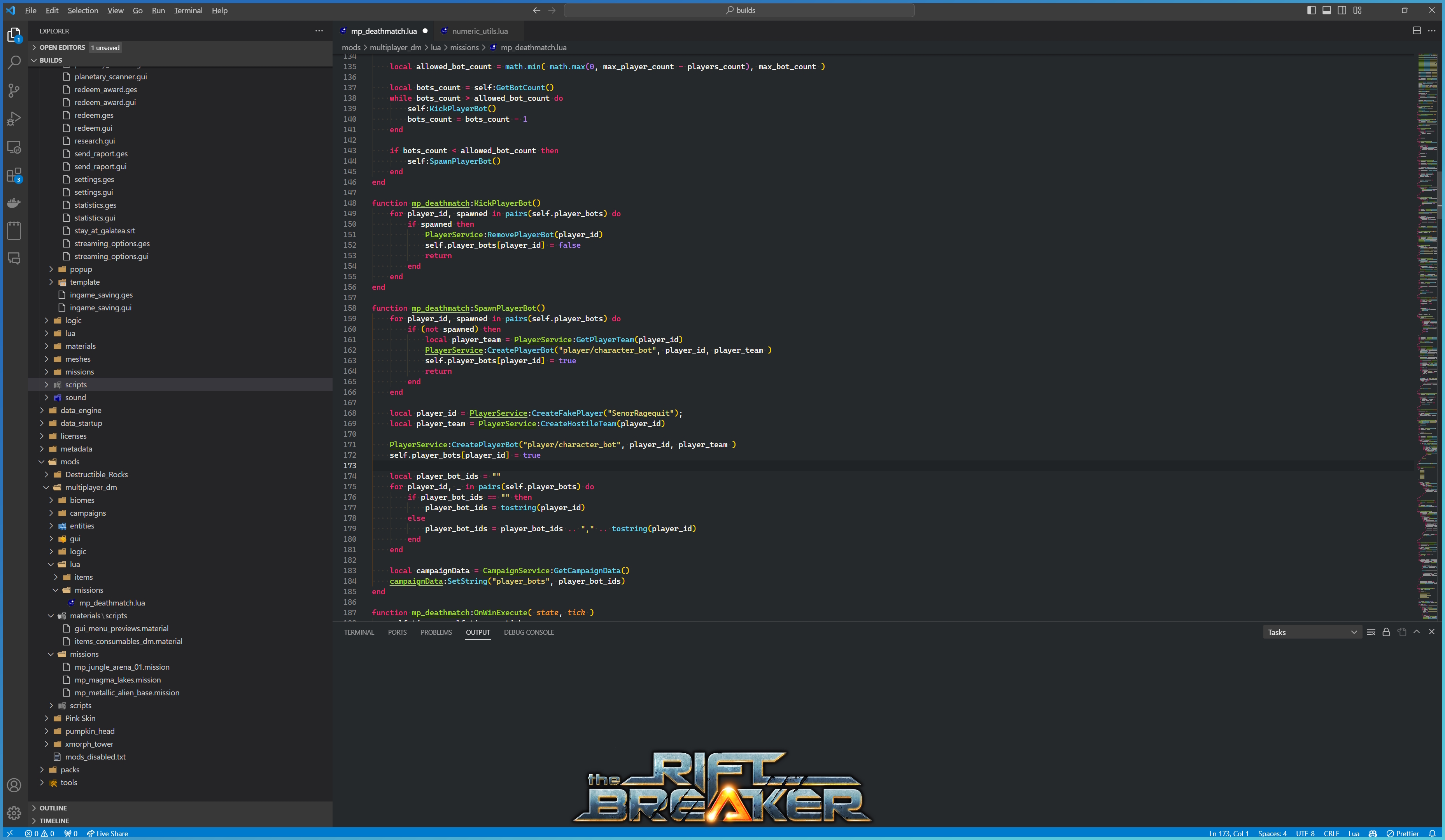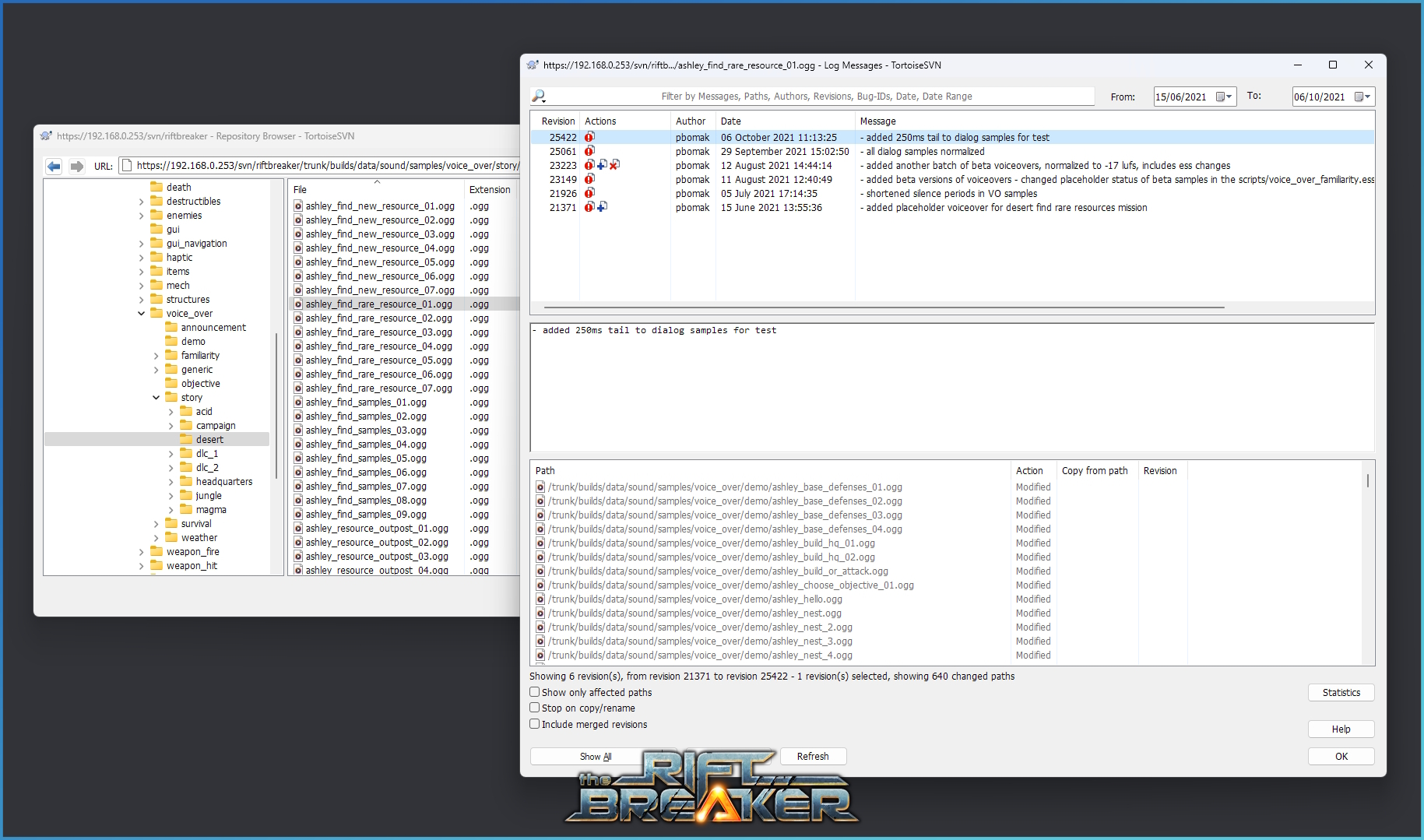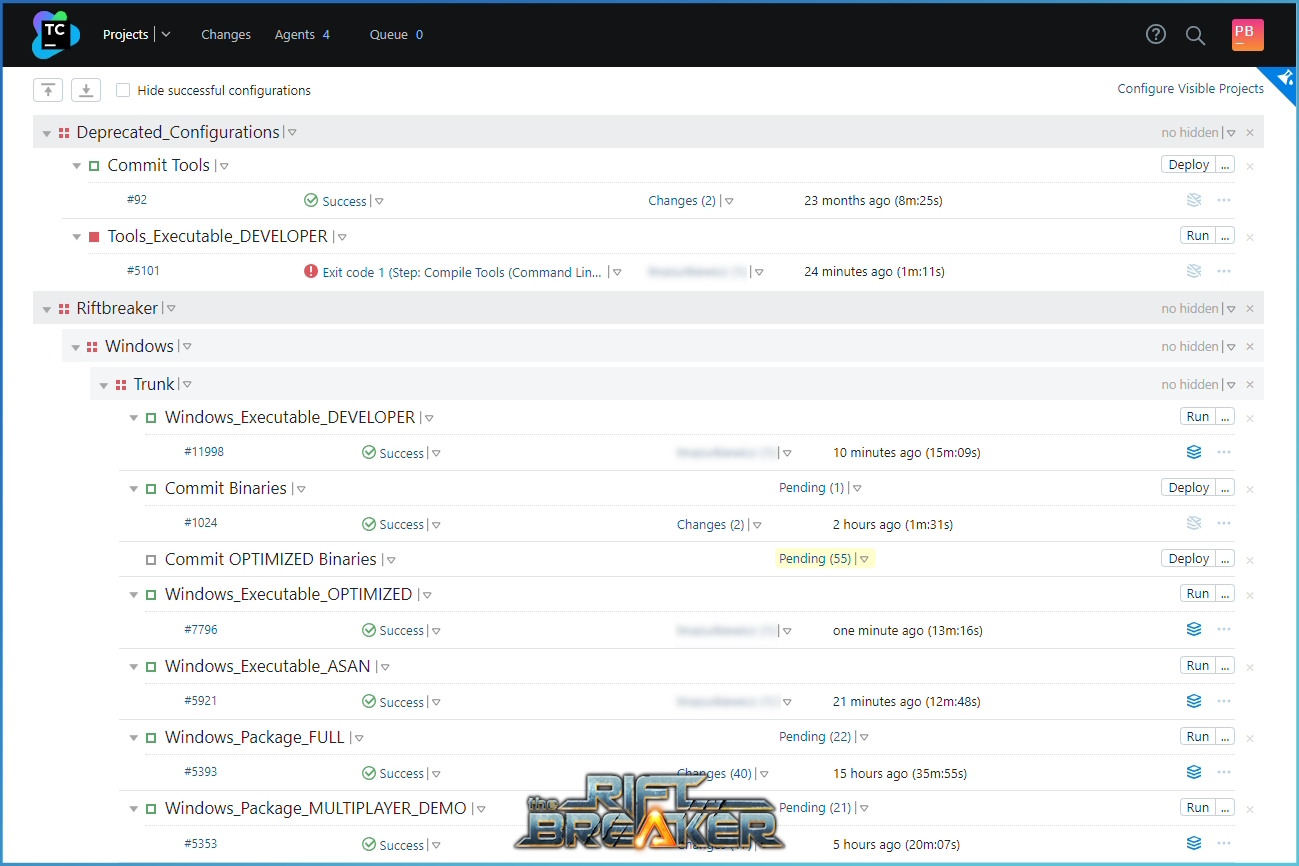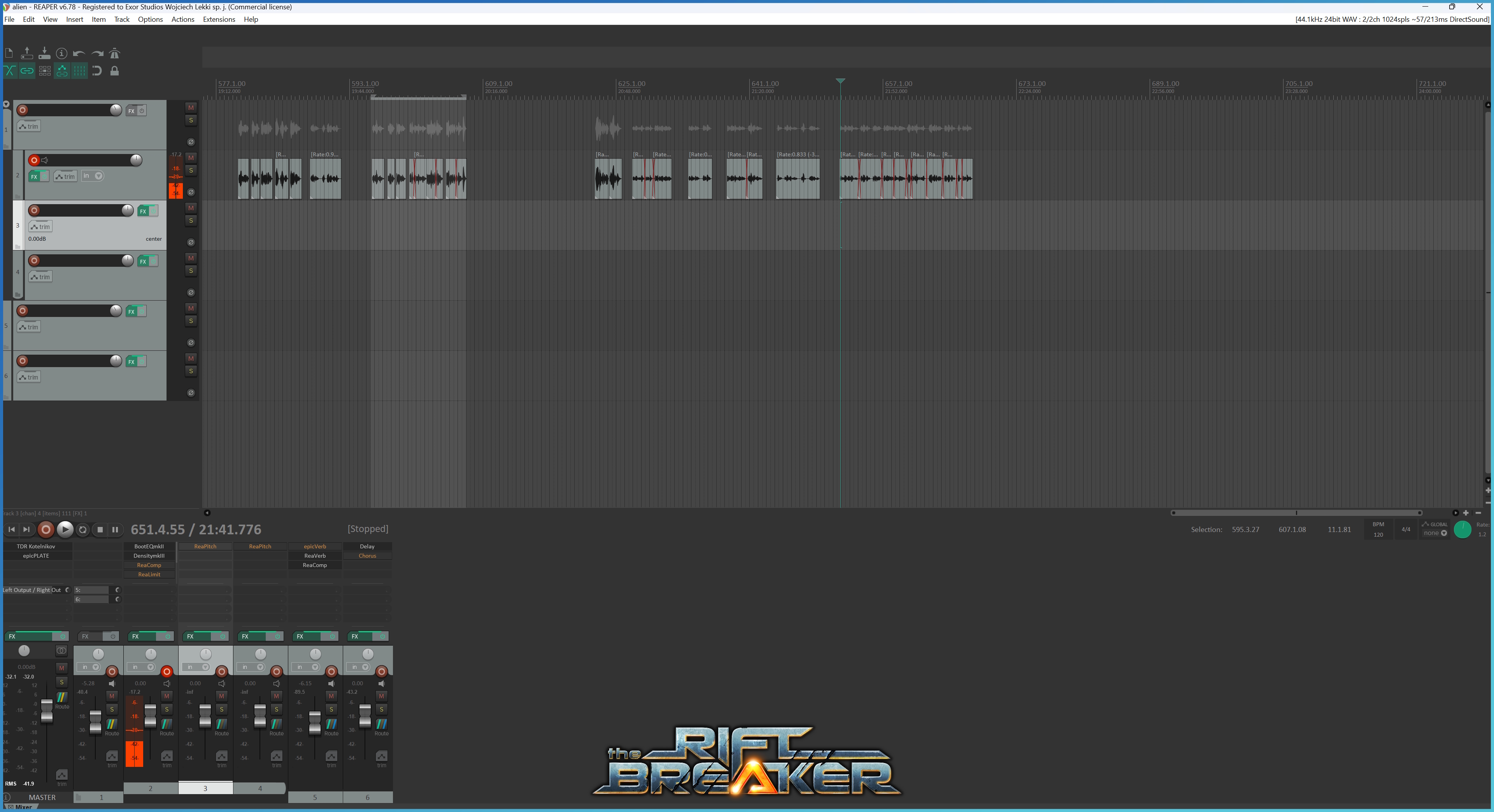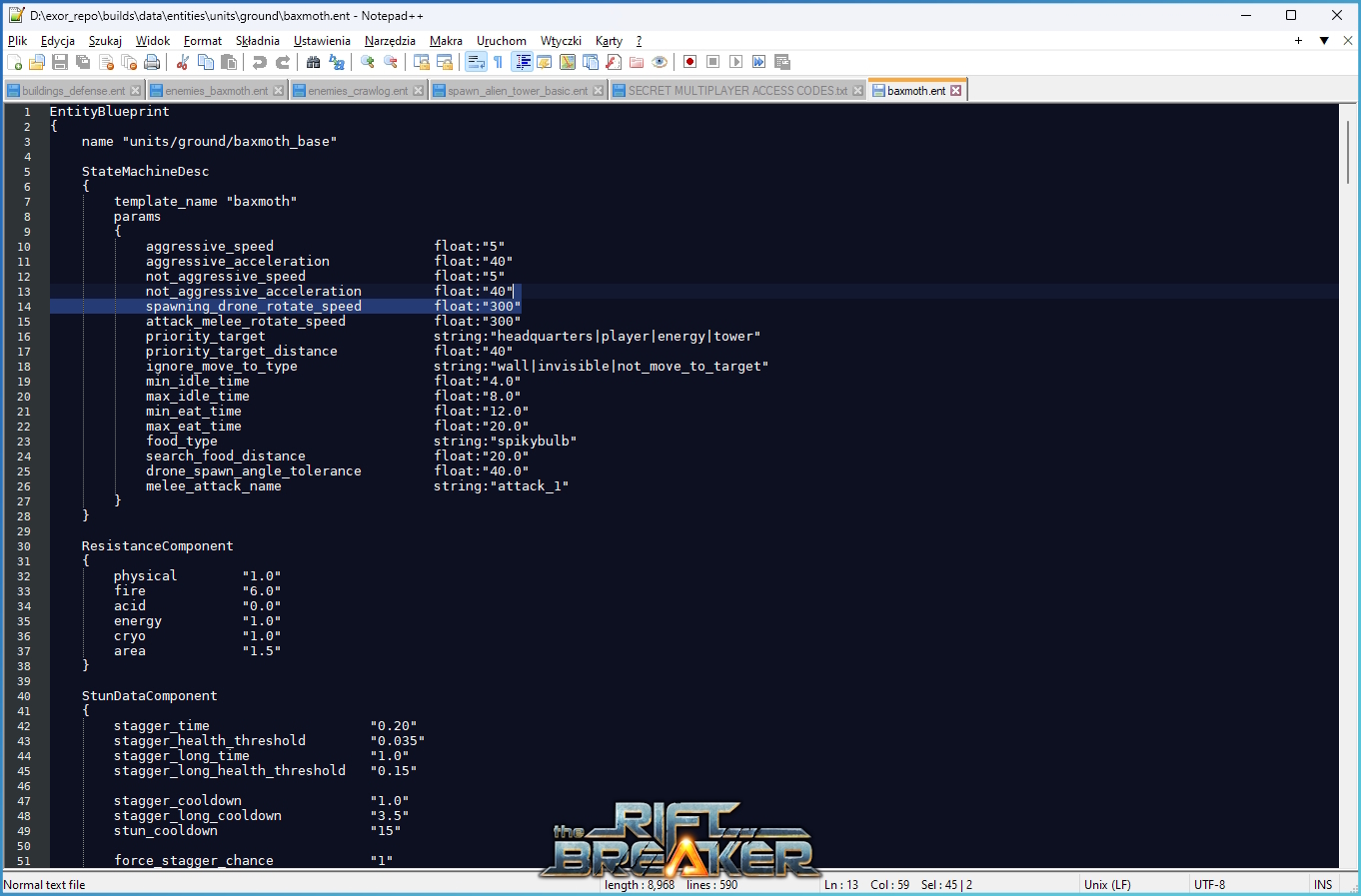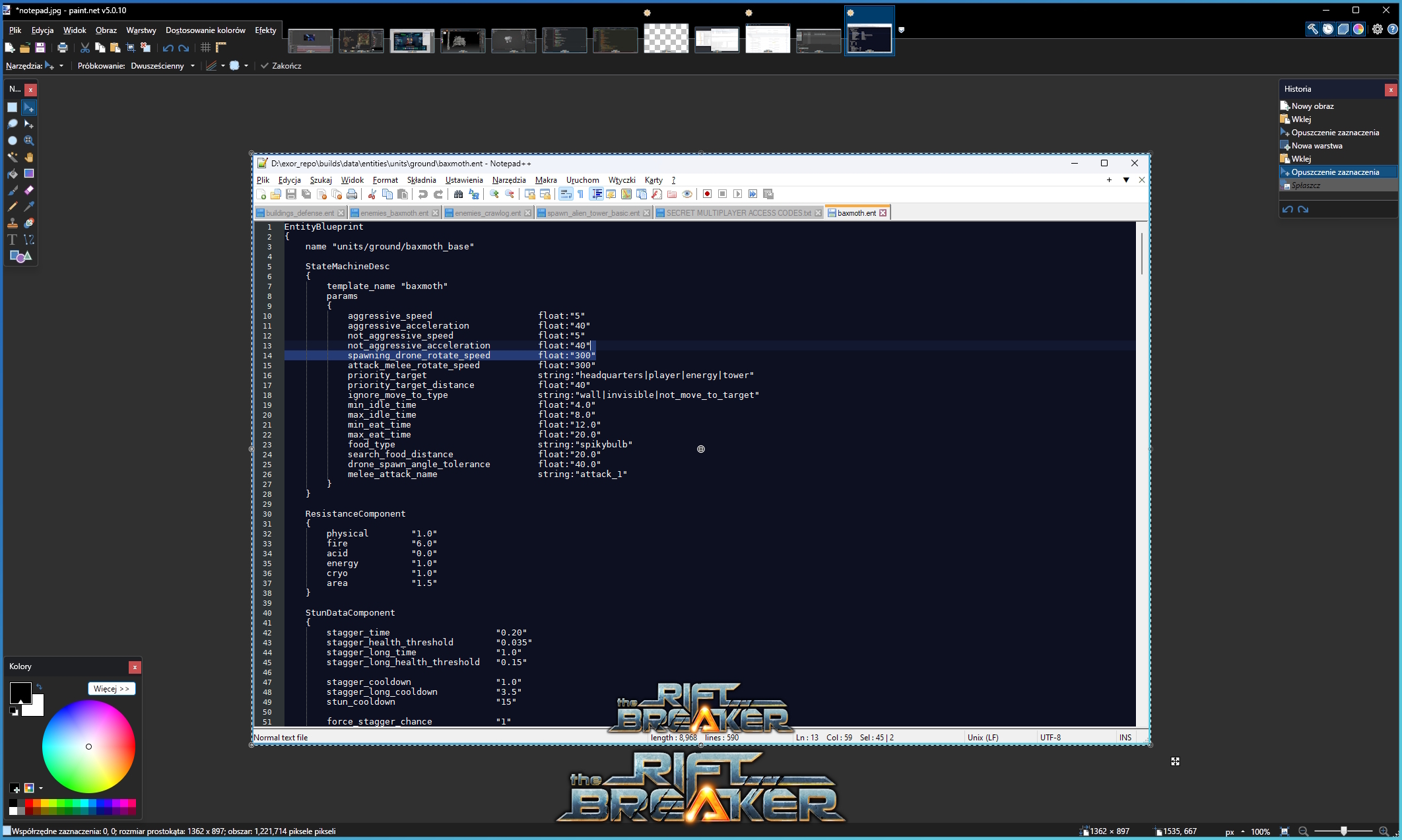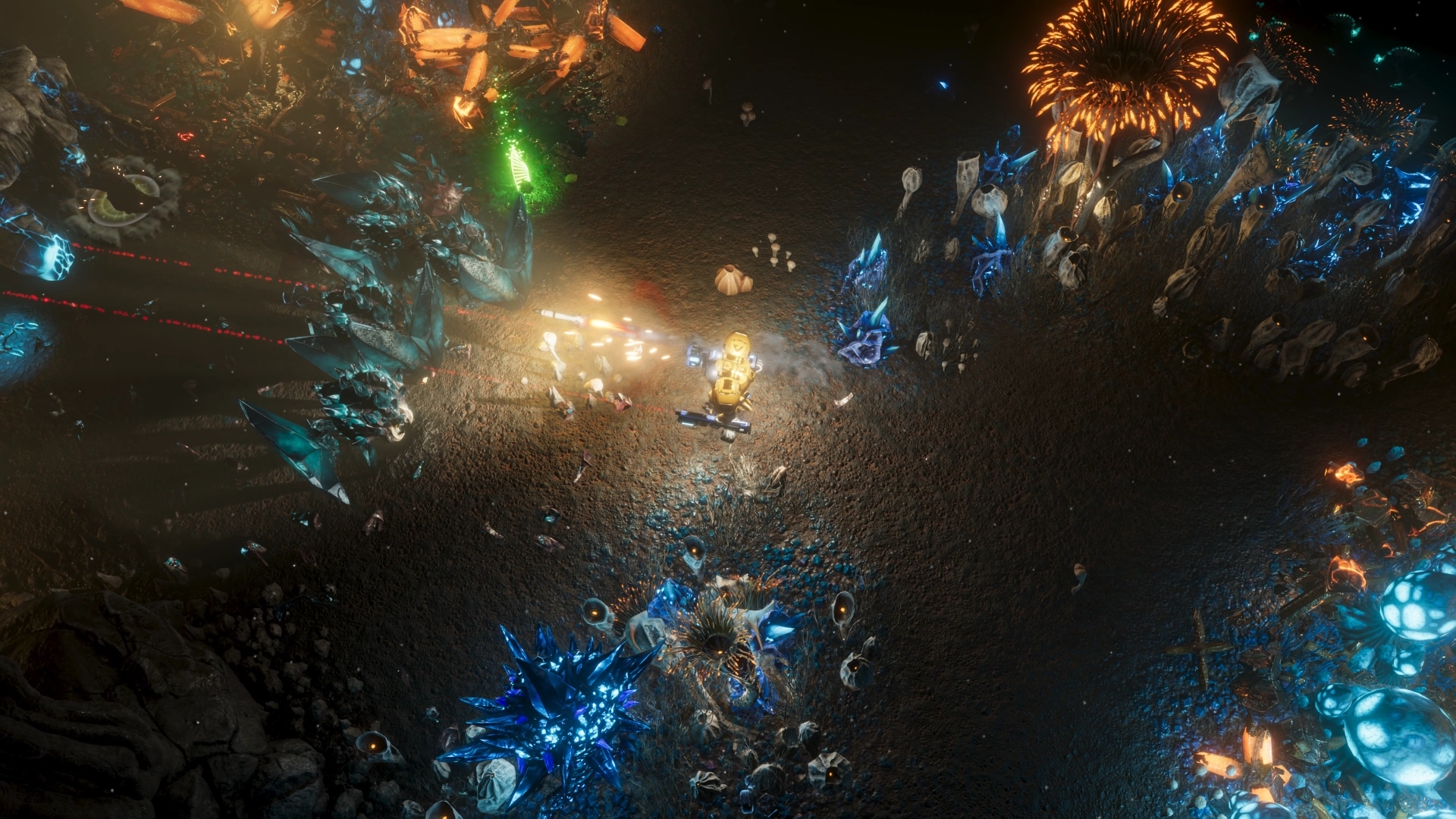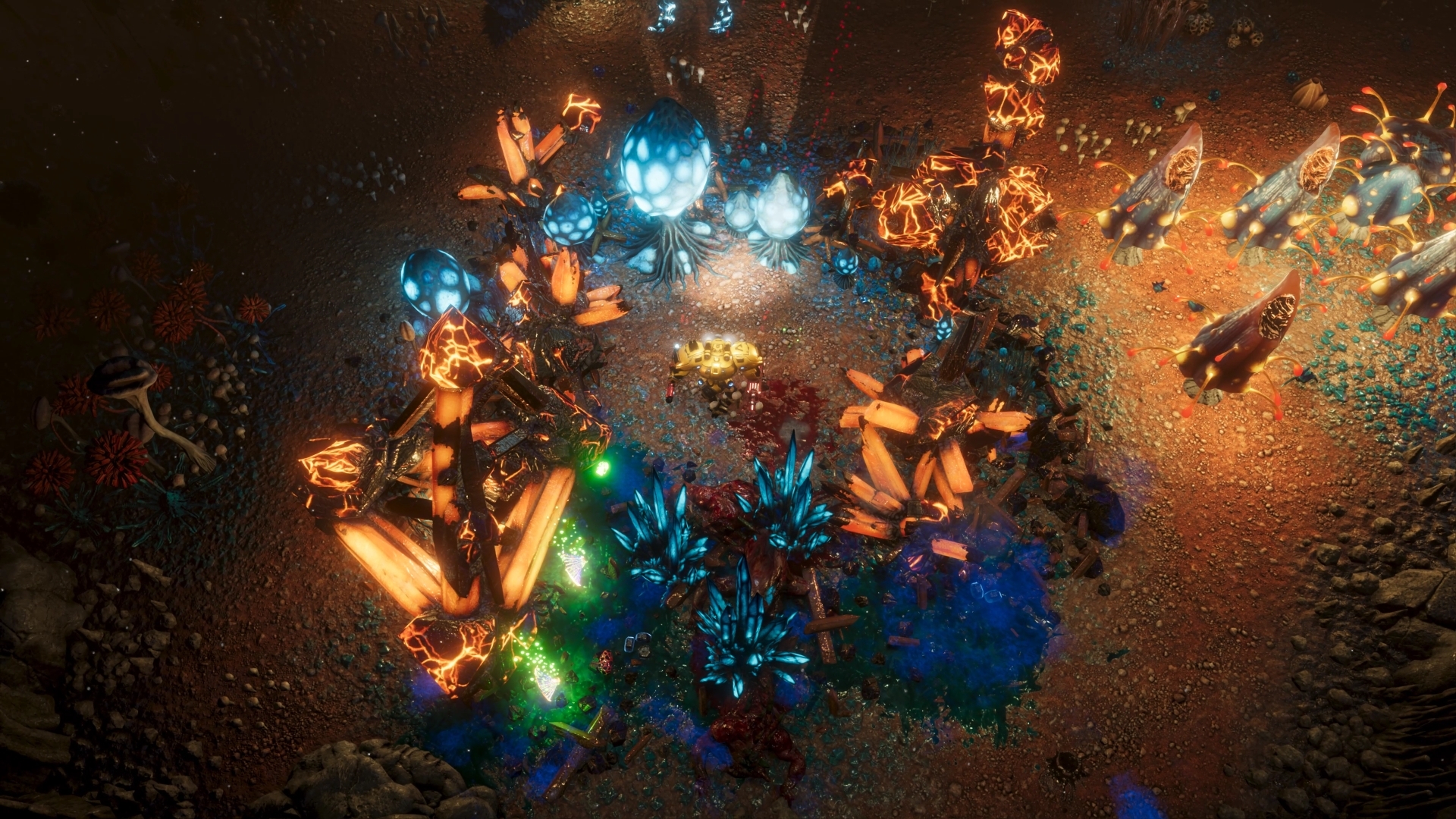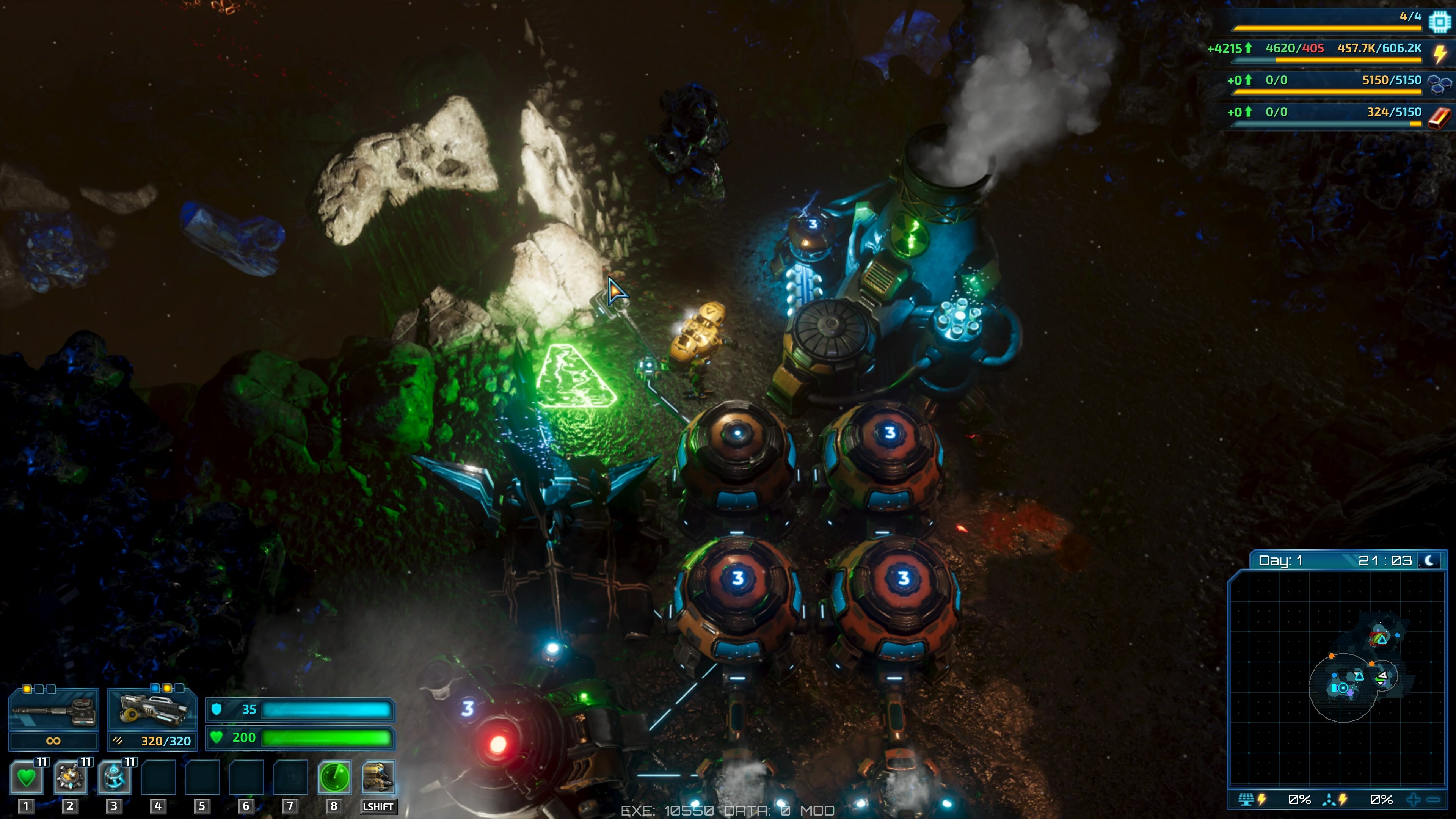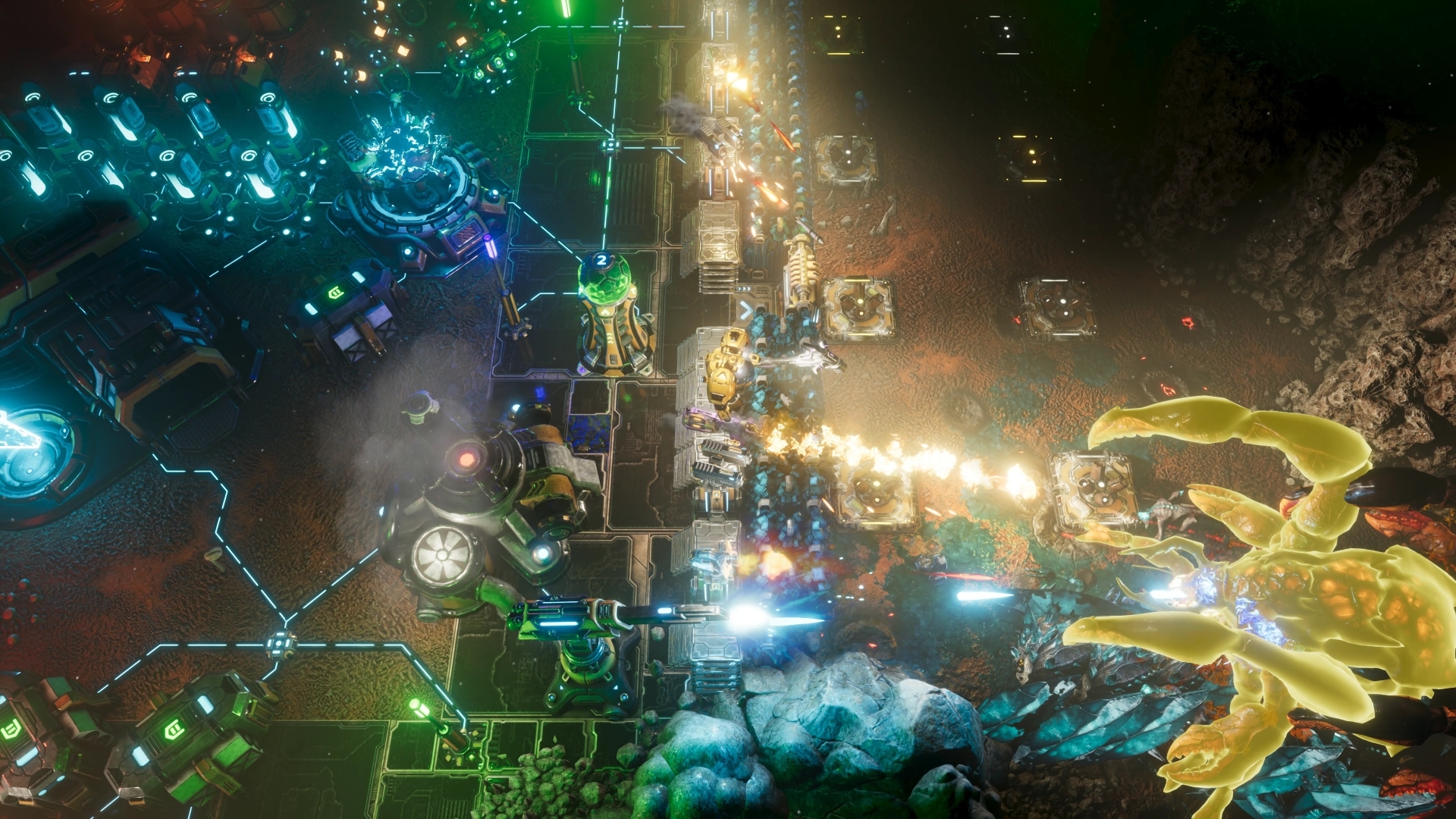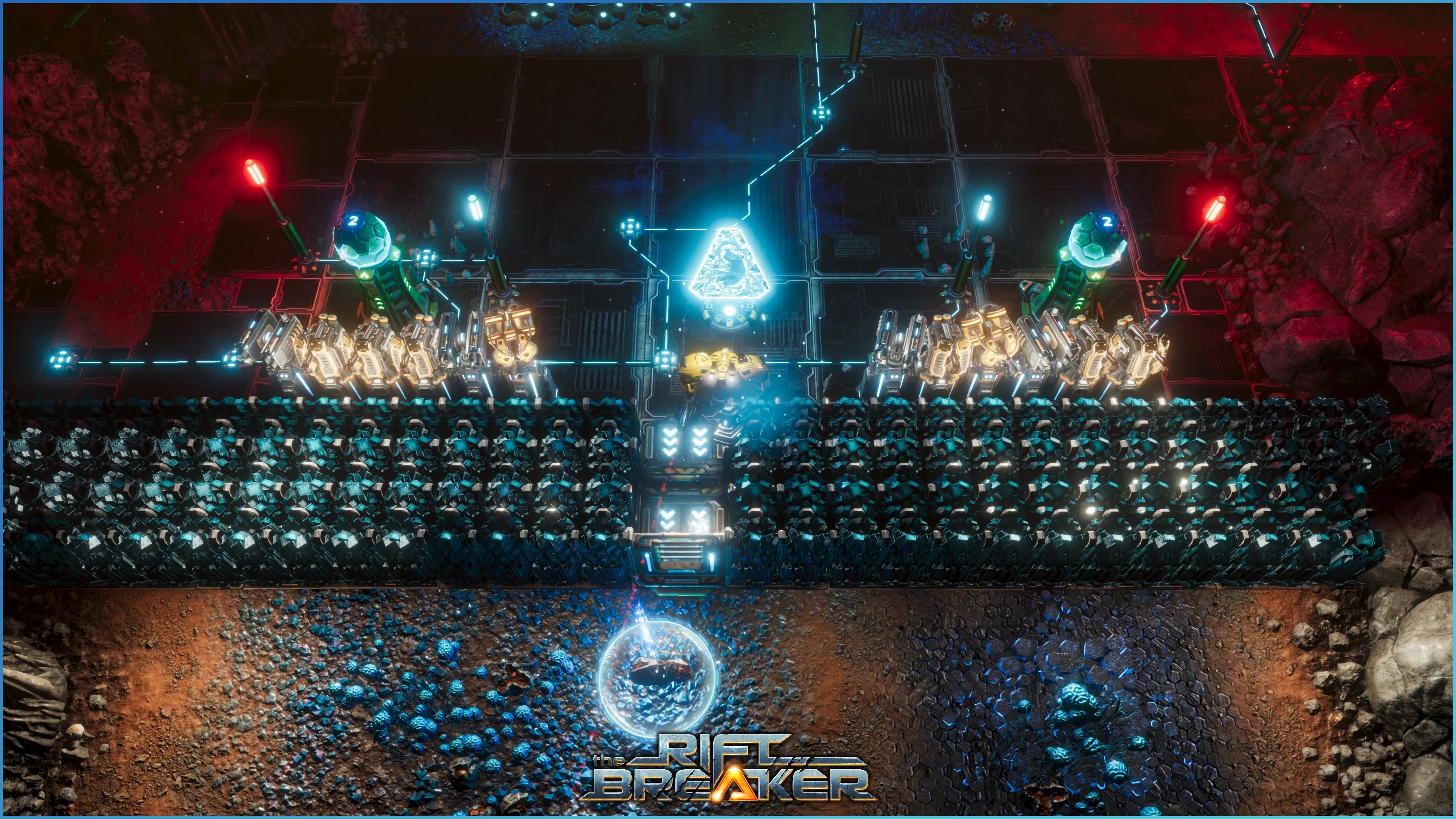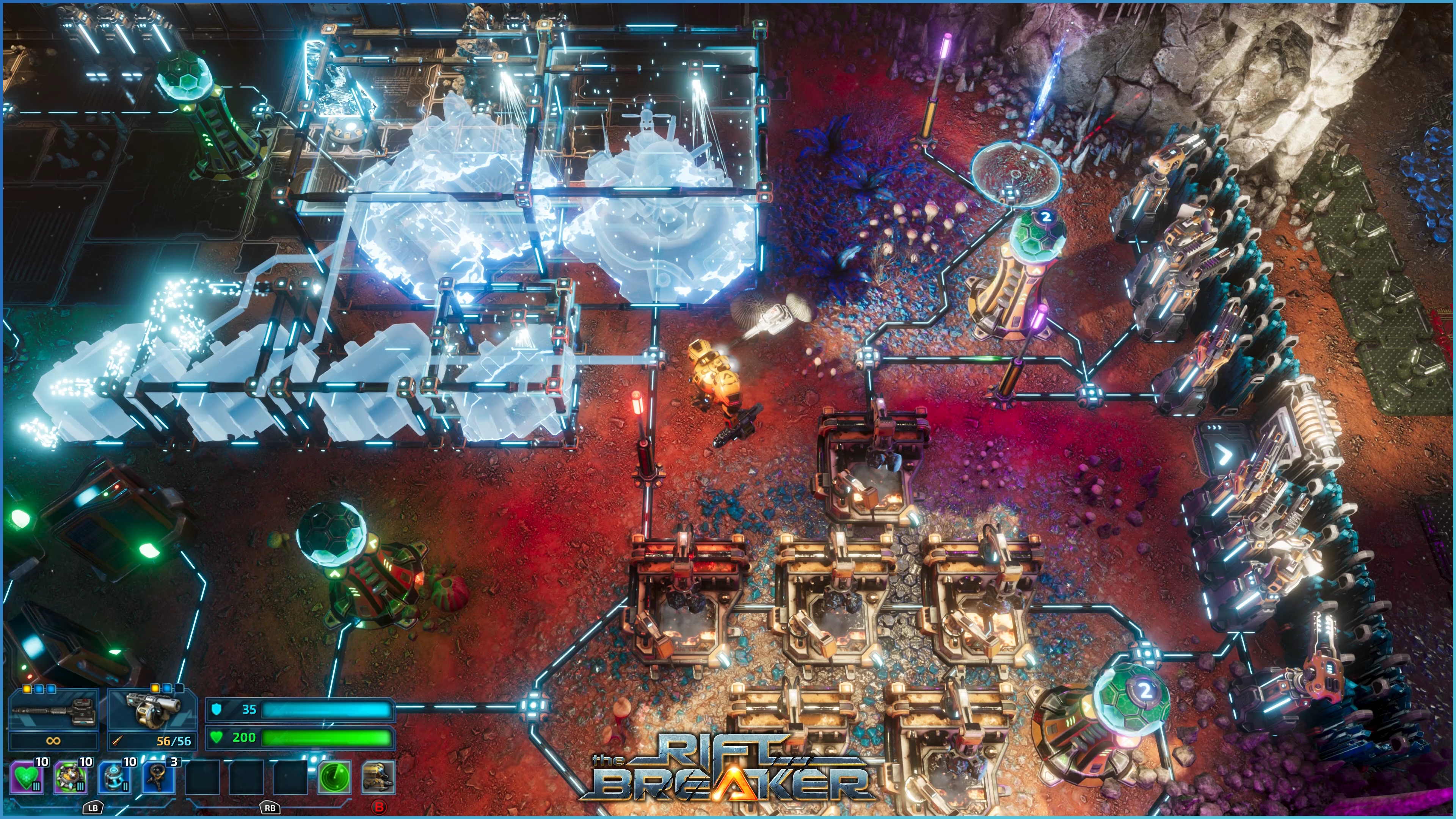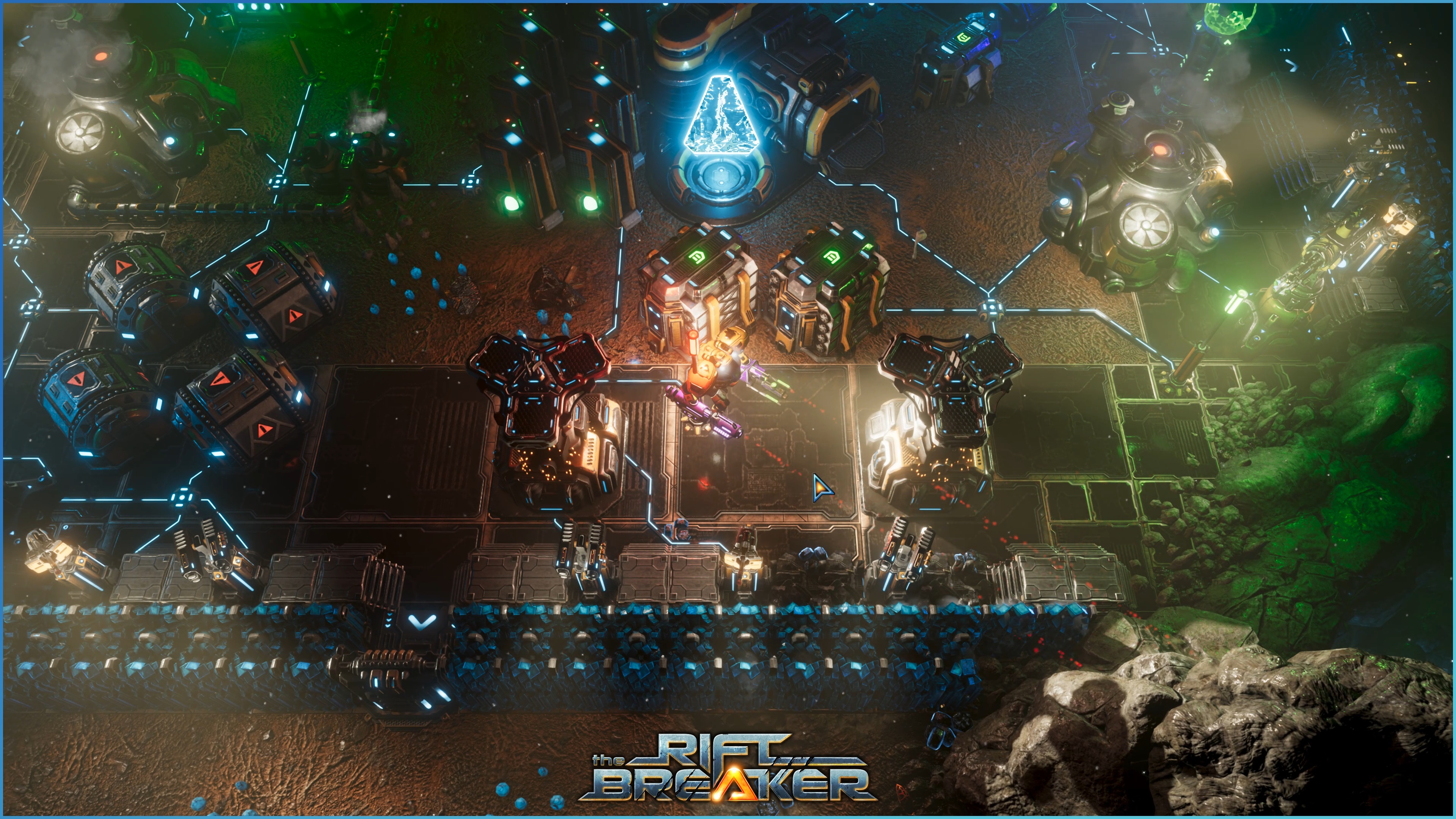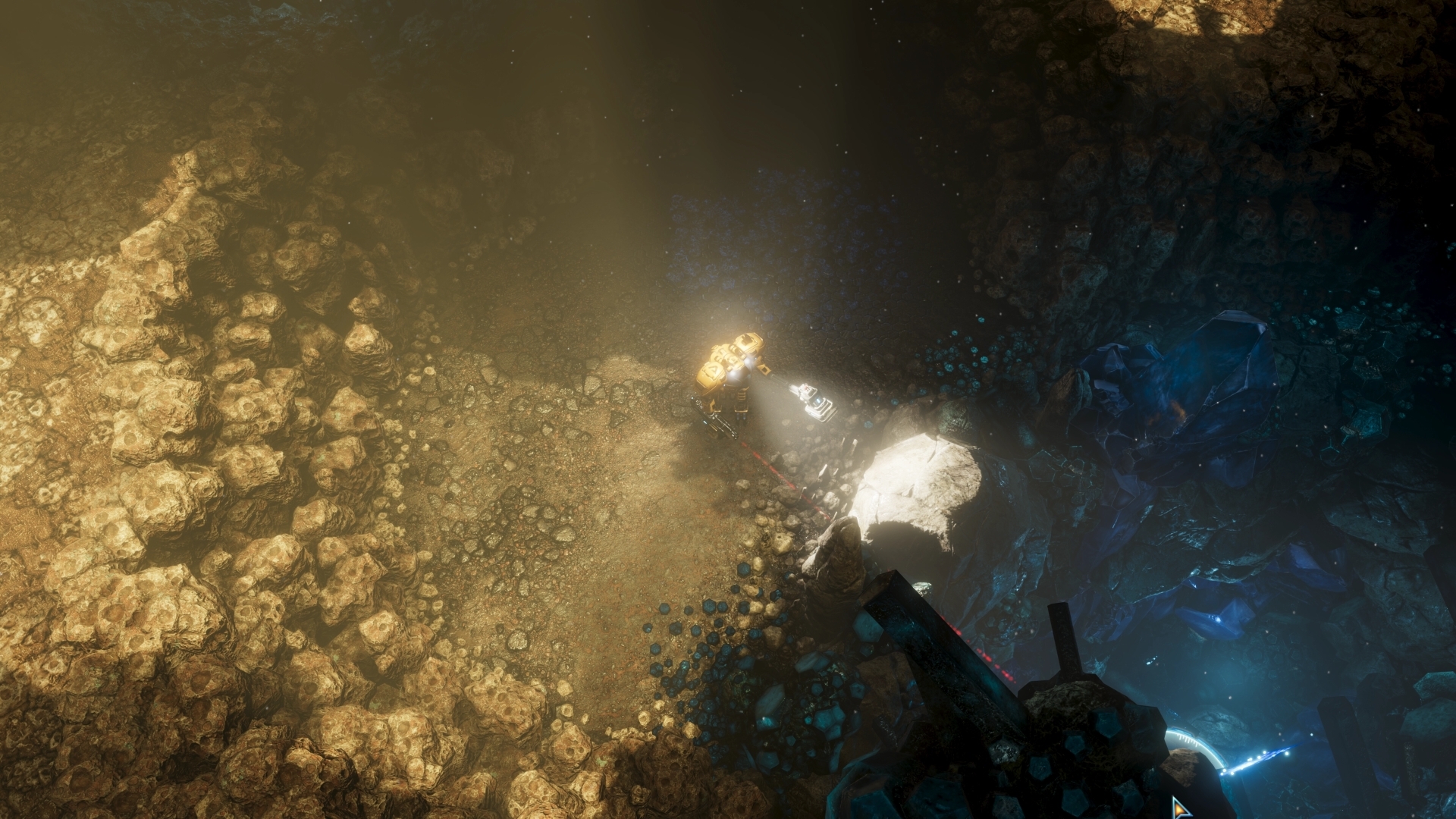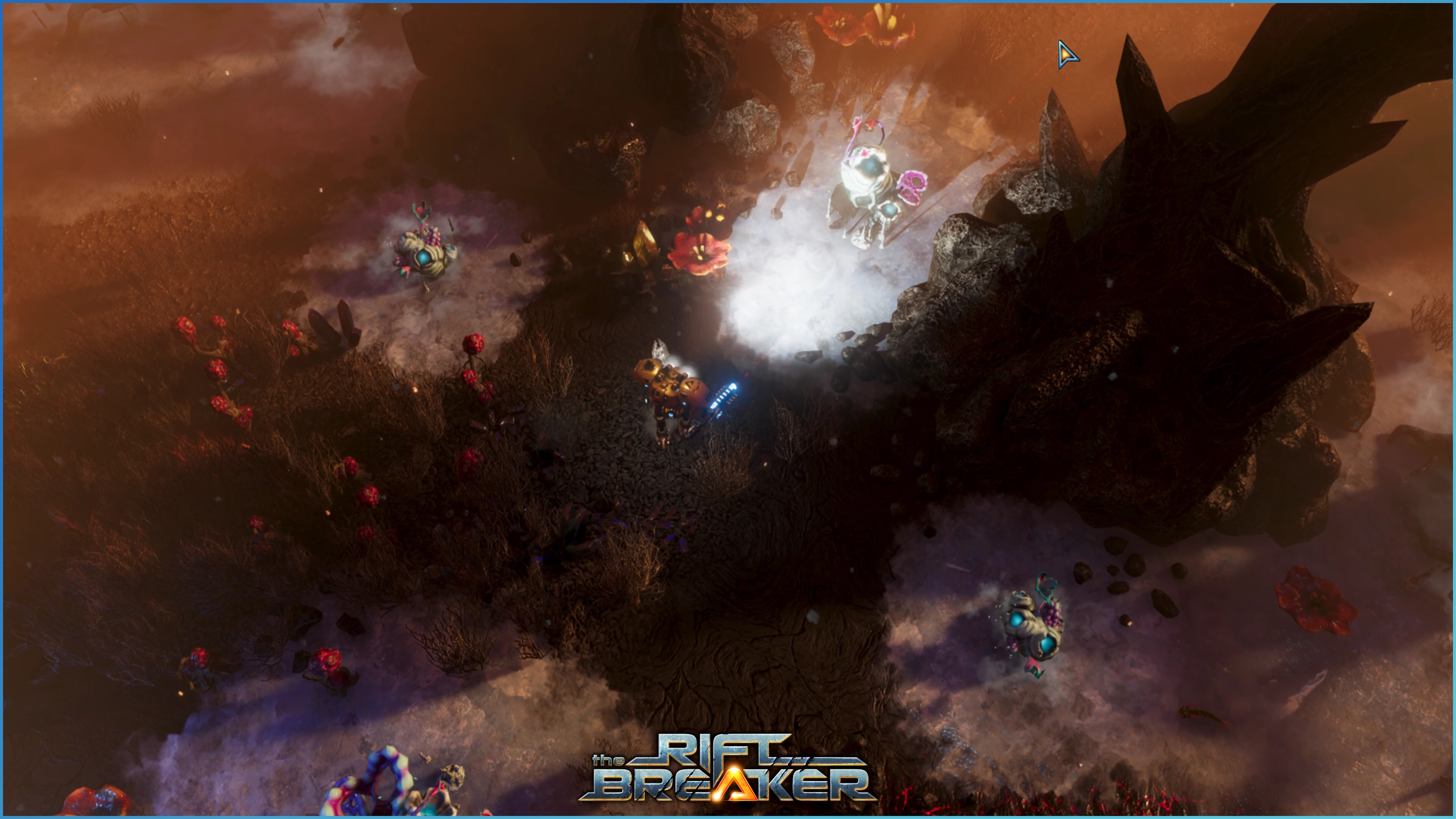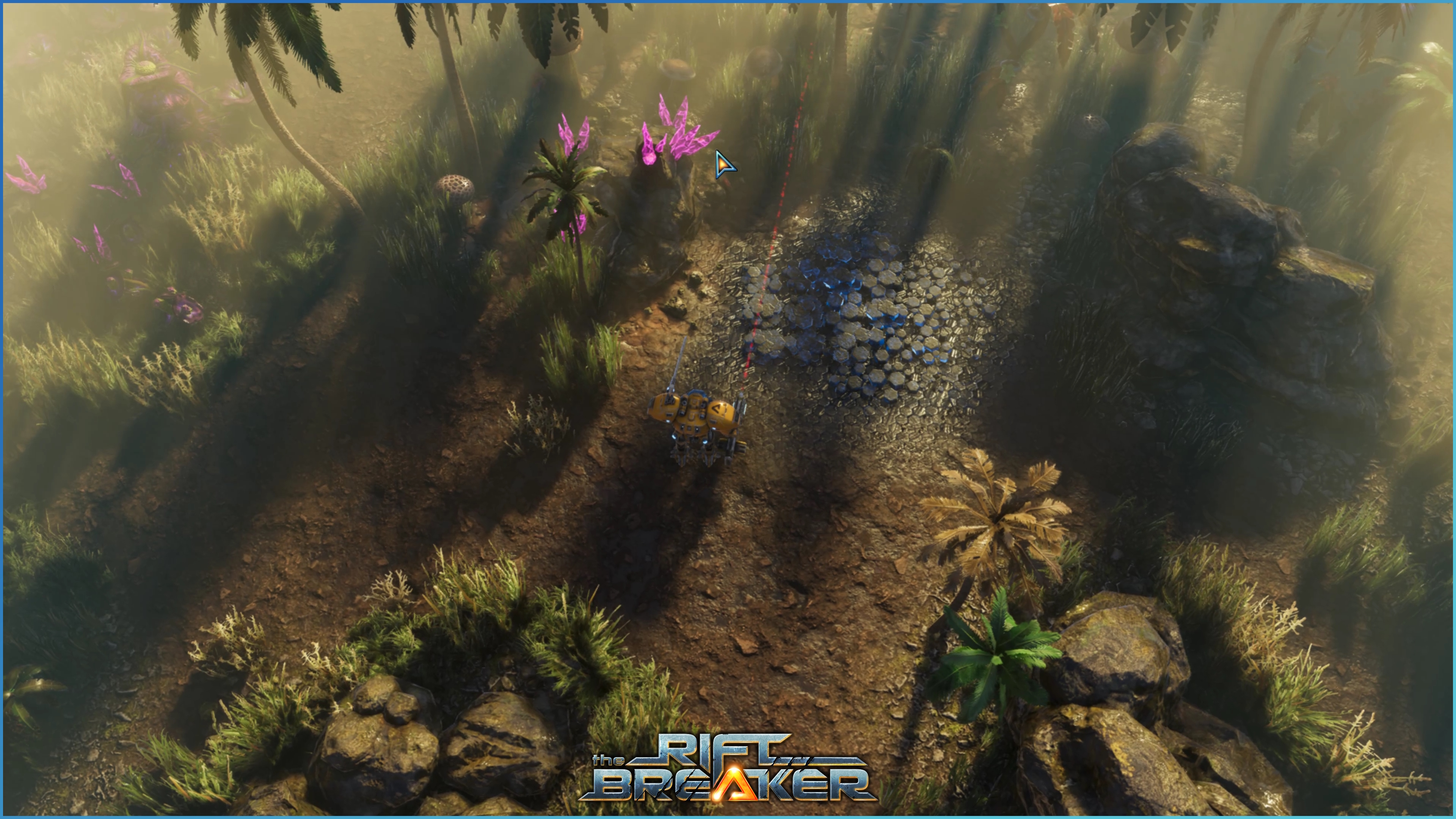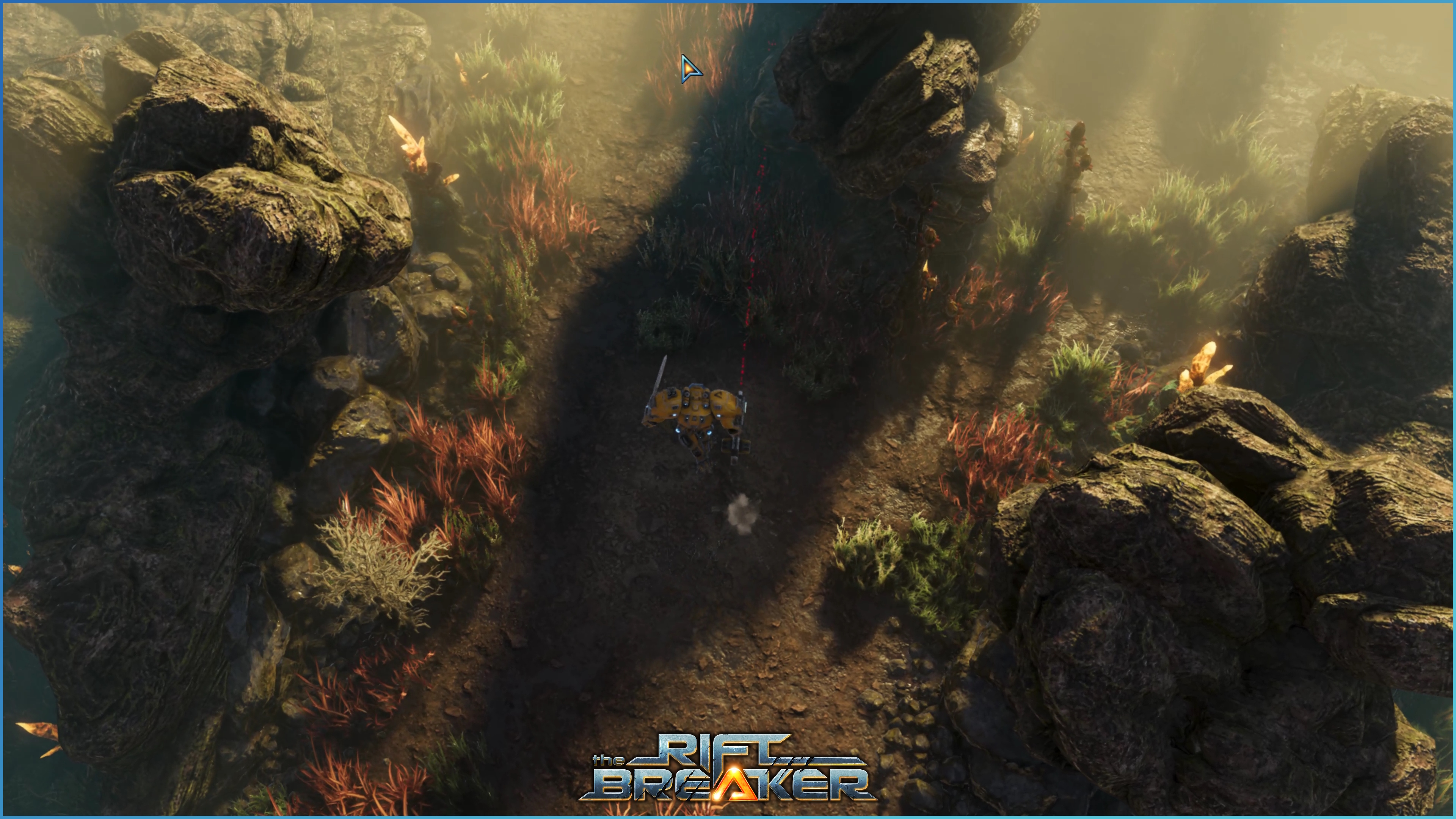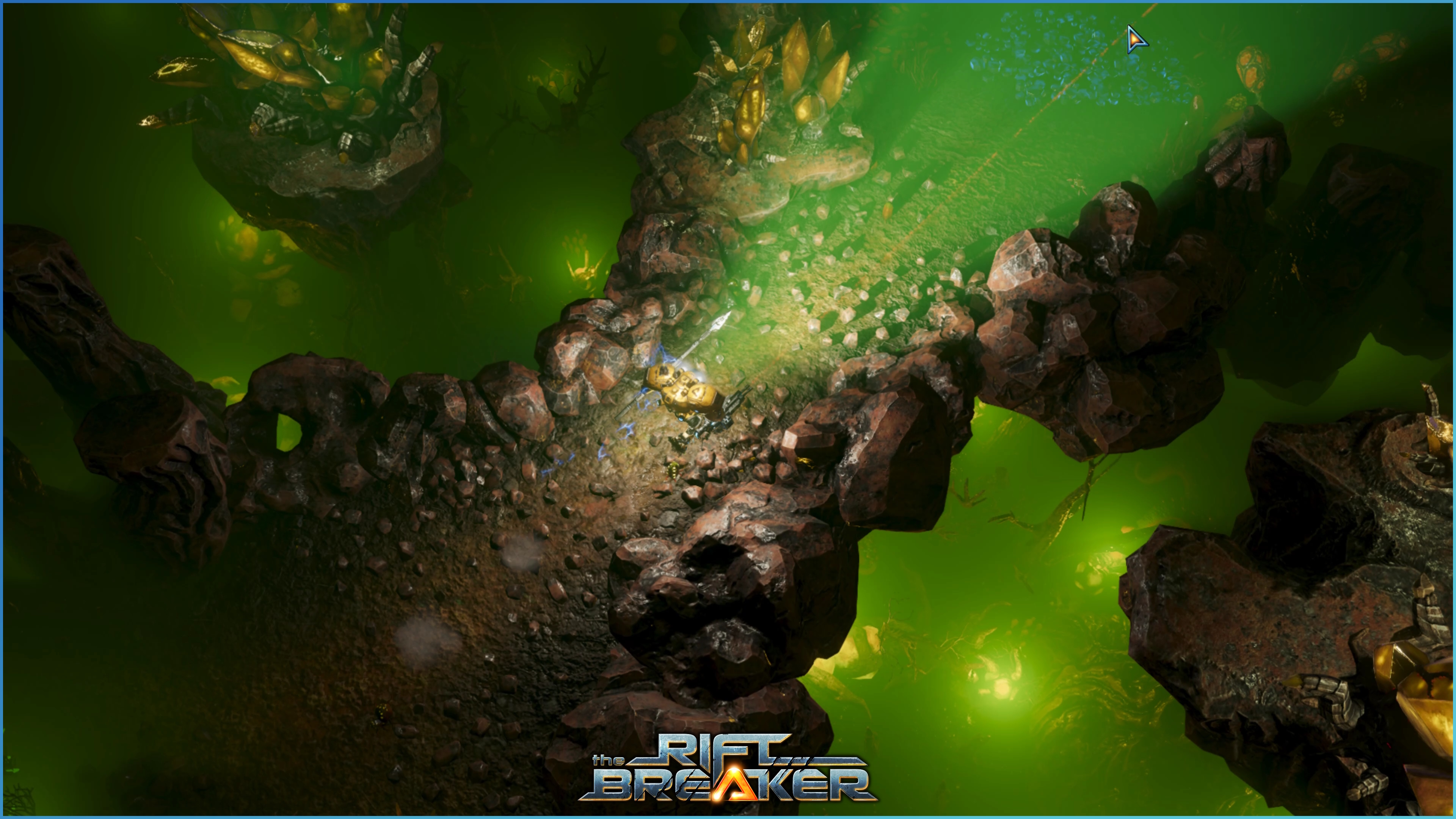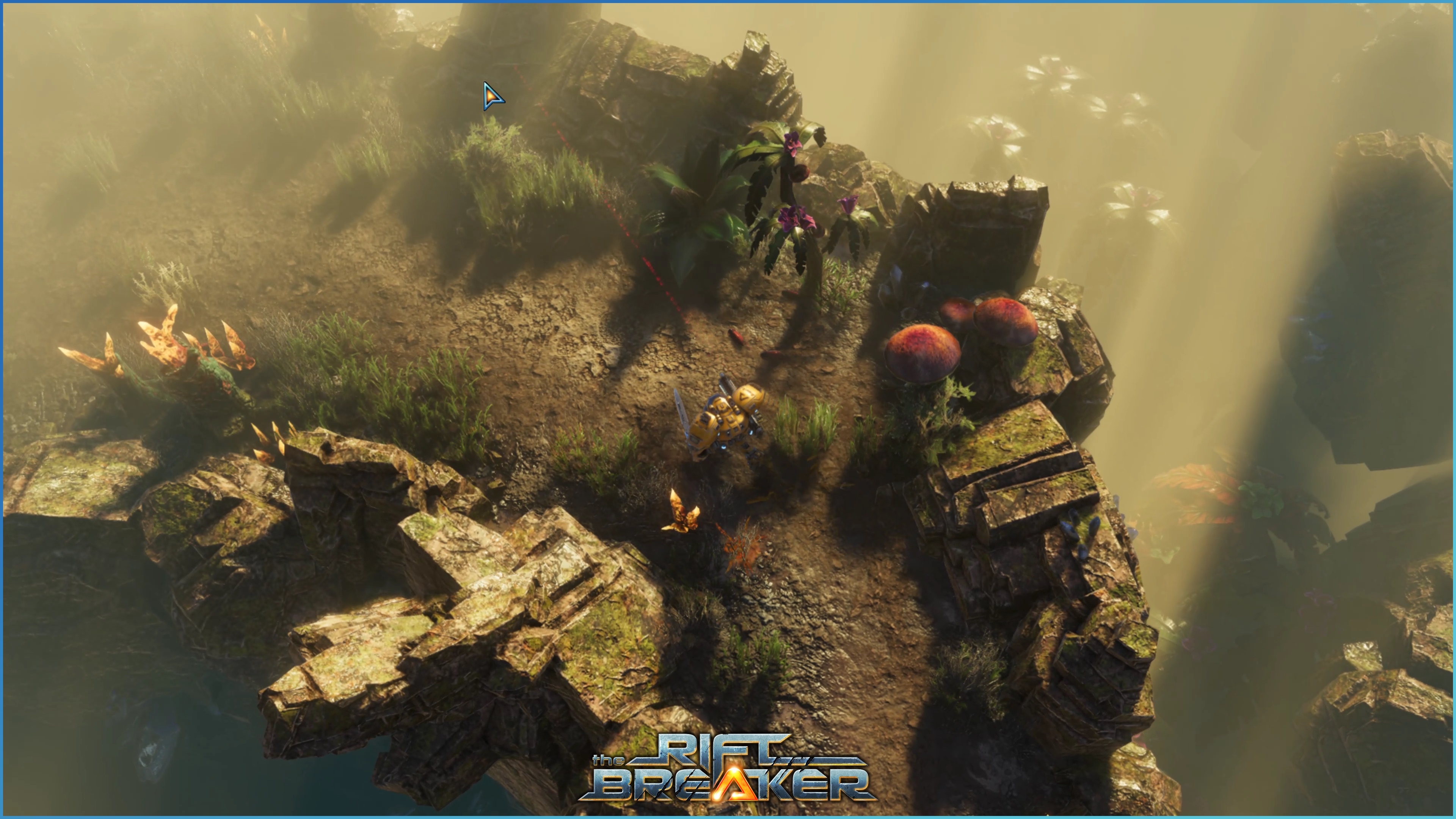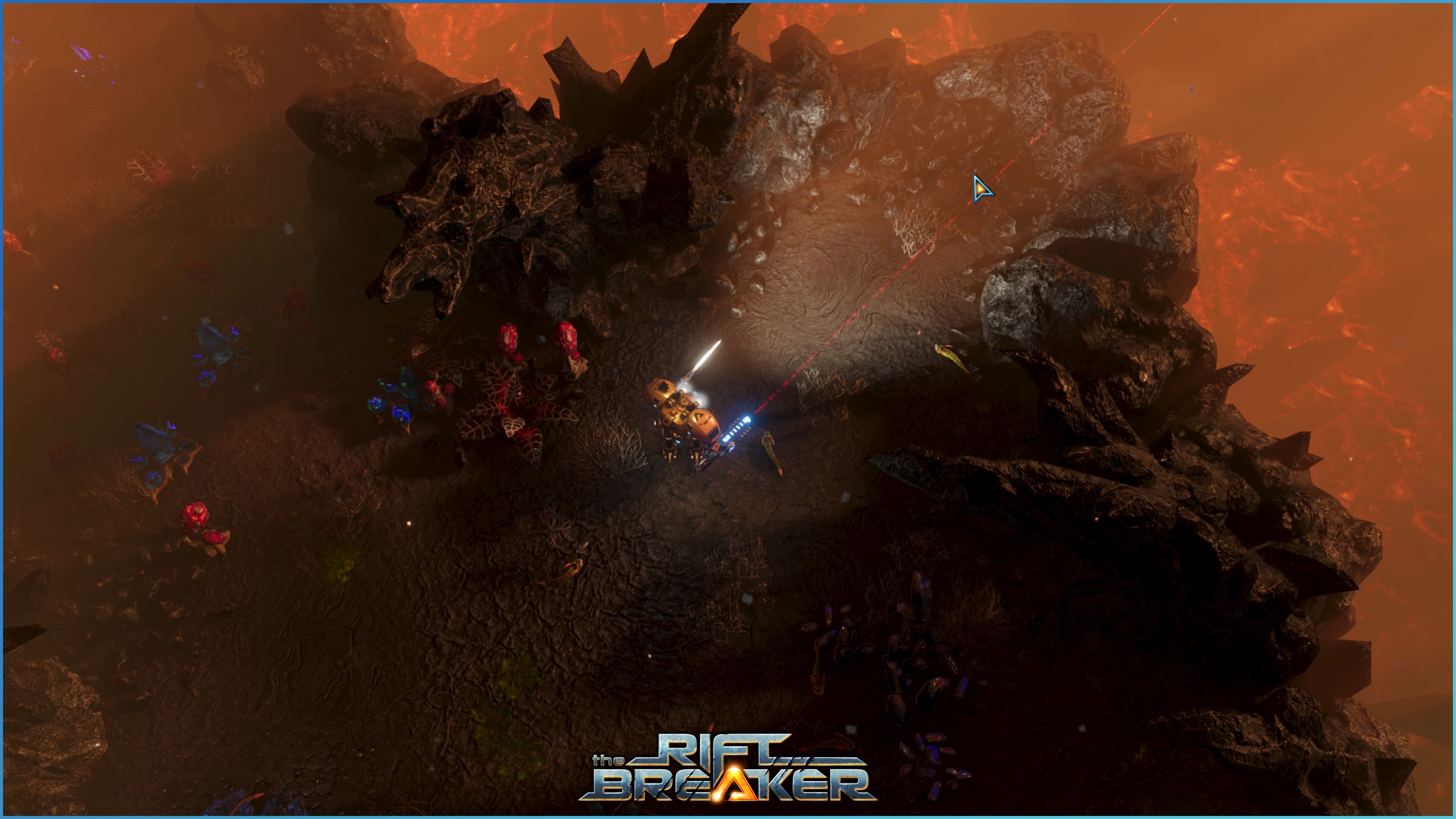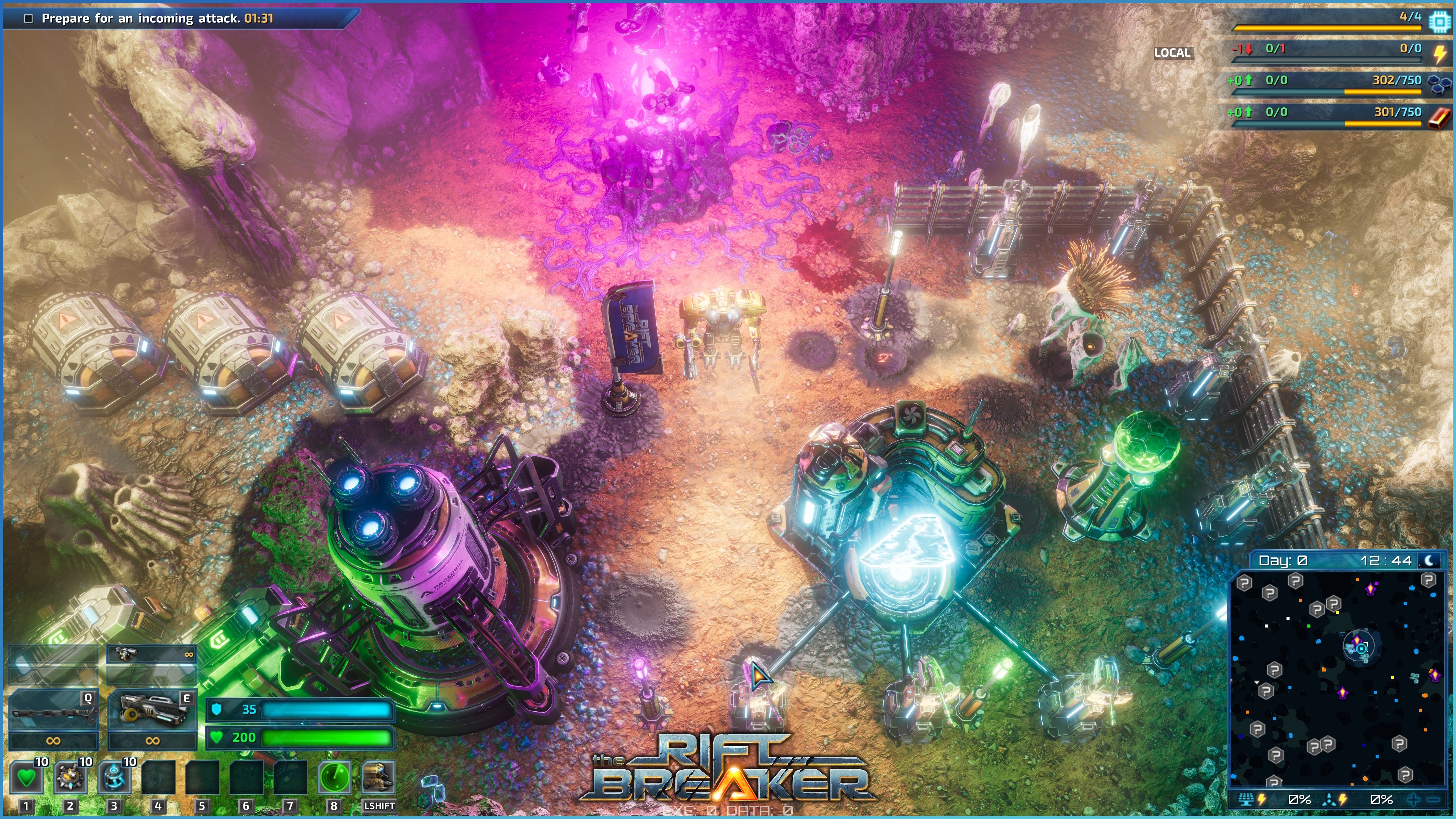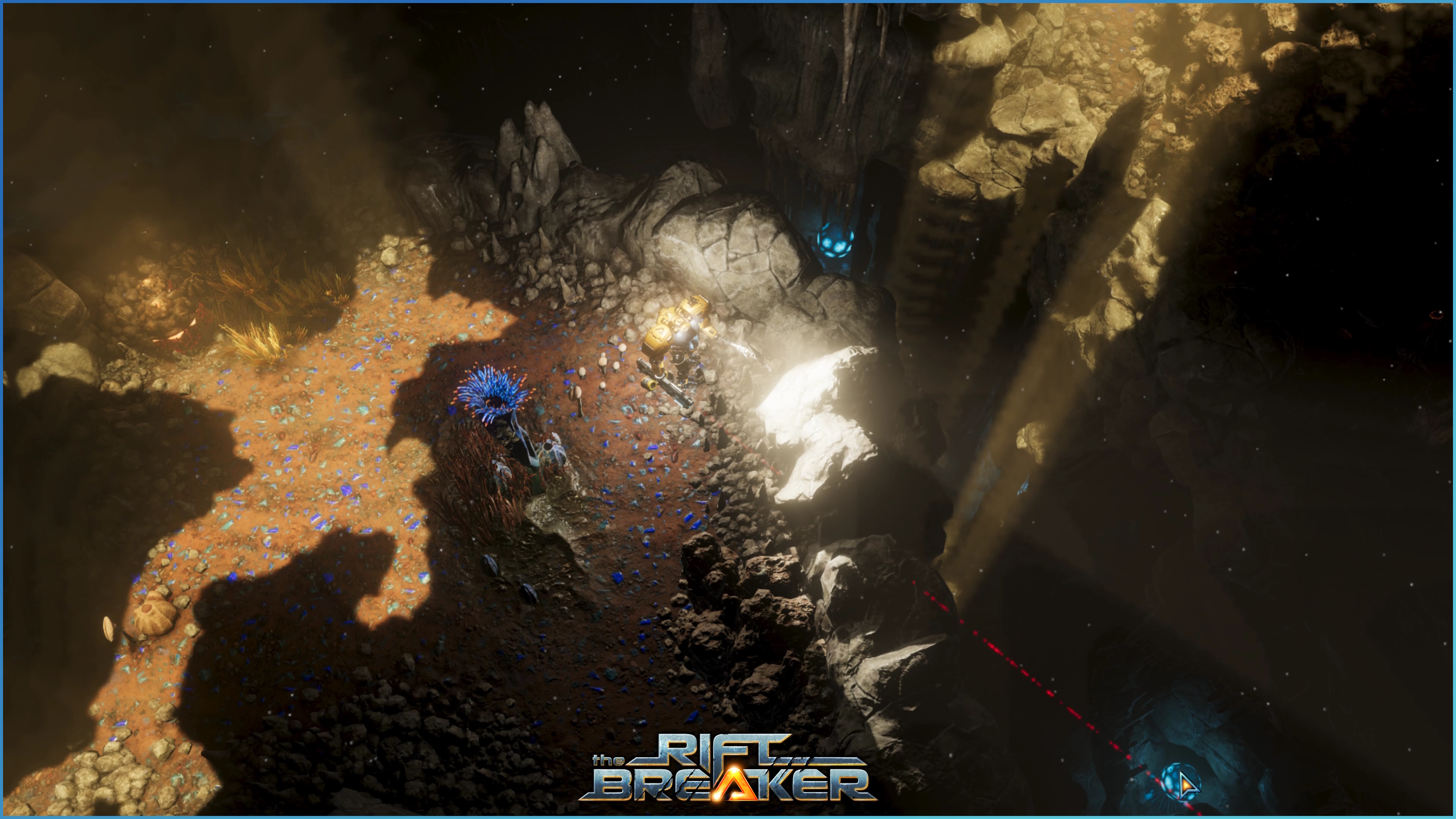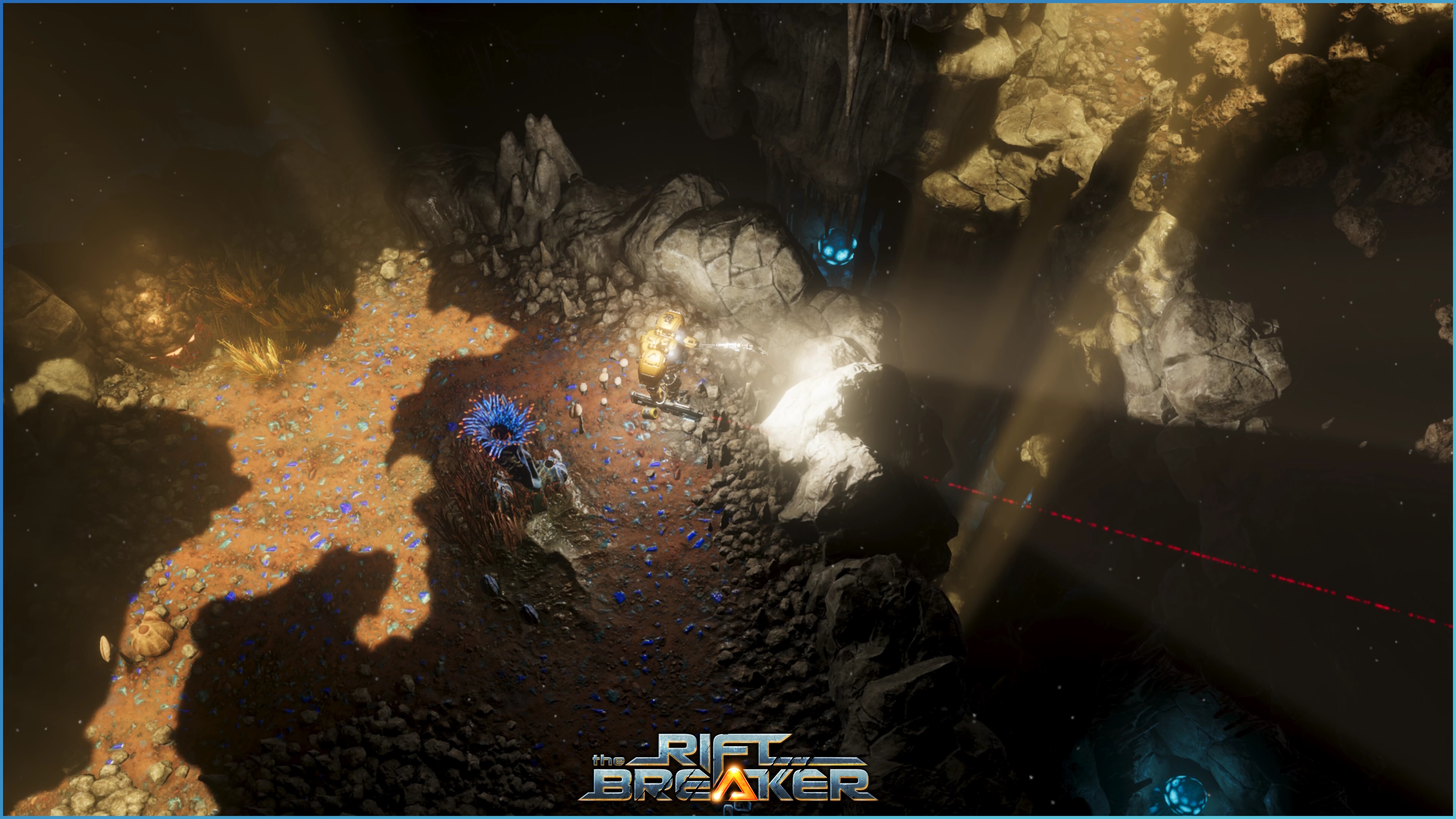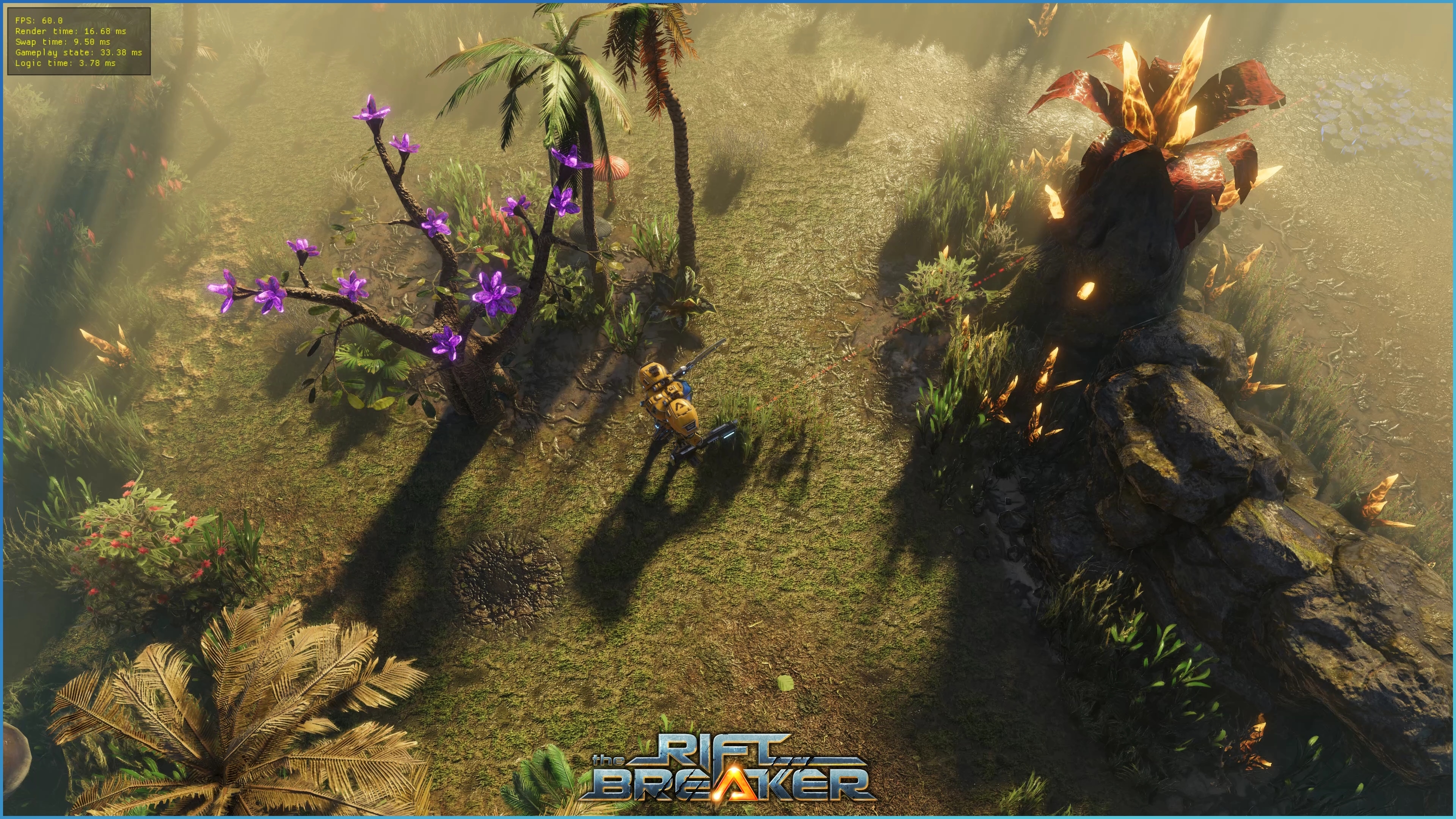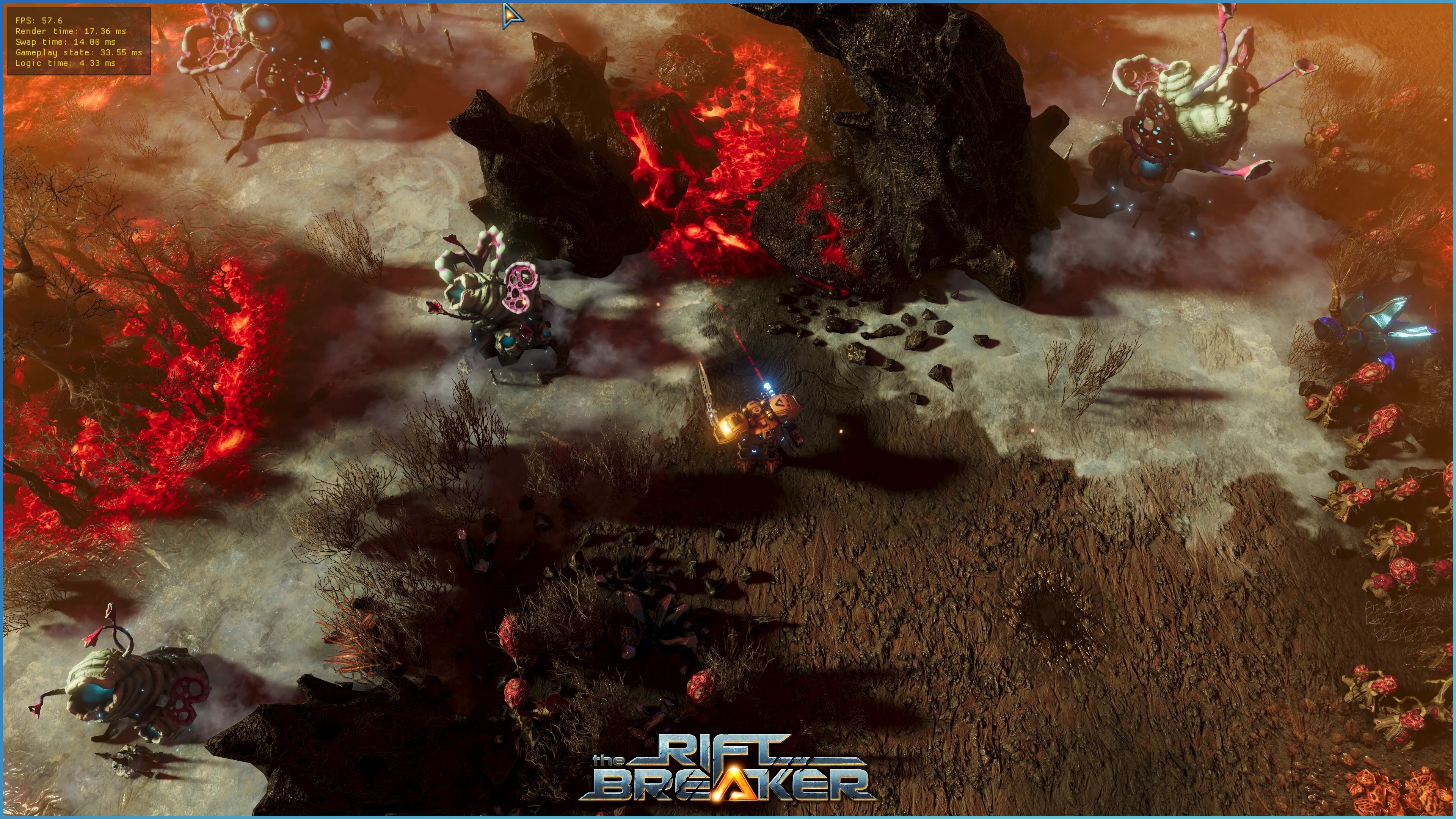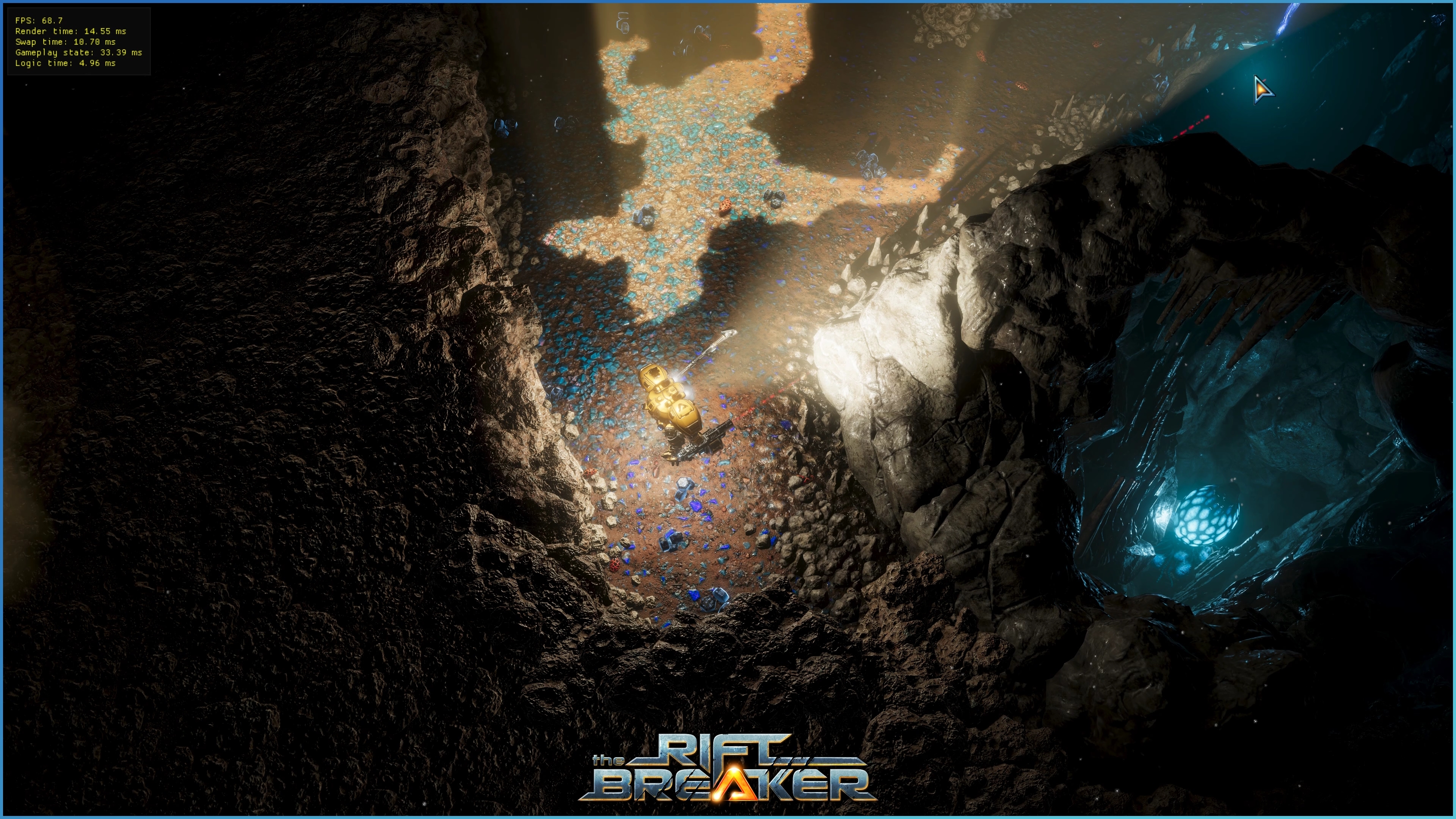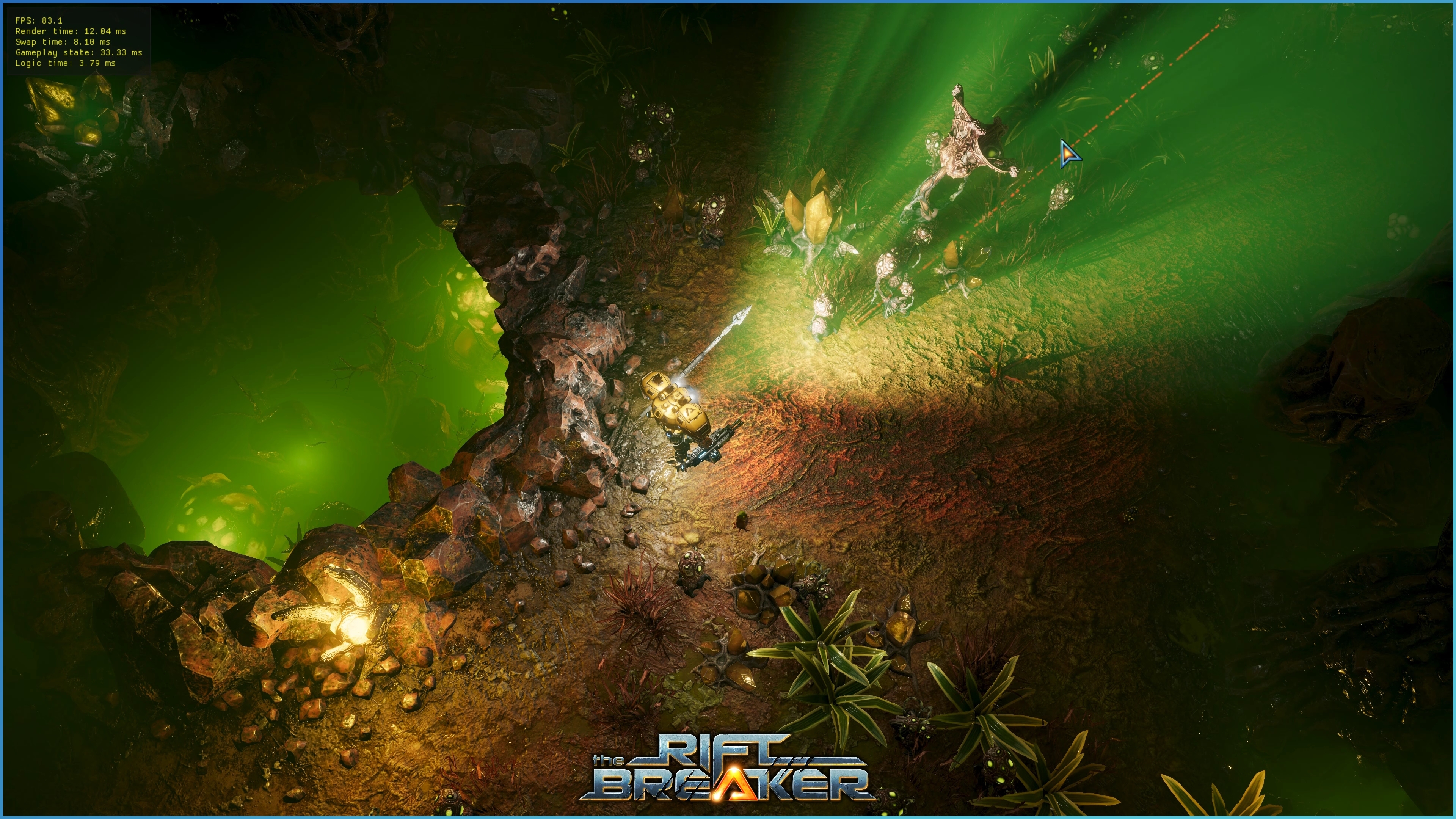
Nov 10, 2023
The Riftbreaker - voidreaver
Hello Riftbreakers!
Today marks a turning point in the development of The Riftbreaker Multiplayer. We are finally ready to start testing the networking aspect of the game with people outside our office. That means you - our players!
Starting today, we are going to periodically distribute access keys to The Riftbreaker Multiplayer Beta to volunteers. Let's be clear here - this is not a co-op test. Not yet. The build we're running for the purpose of this test is limited to pure necessities and only runs our deathmatch mode (you can read more about it here). We will use the data gathered during this test, along with your feedback, to improve the netcode of the game and avoid major issues once we move on to the real deal - co-op testing rounds.
For the purpose of clarity and transparency, we have started a semi-public forum on our Discord server devoted to multiplayer development only. Every member of www.discord.gg/exorstudios can see the forum, but only people with access to the Beta can send messages there. You can talk to us anywhere else on the server, but that place is for feedback and on-topic discussions only. By doing it this way, you can always check how the development is going and what we have managed to achieve so far. This also does not mean the end of our 'Co-Op When' articles - we will still summarize everything that's happening behind the scenes for you every couple of months.
If you are not a member of our Discord and would still like to know the details of this testing round, we've also got you covered. You can find the full contents of our onboarding message for our volunteer testers. This message includes most of the details about the test and the current state of the build. Reading it should answer most of your questions, but feel free to comment if something is unclear. It is the first time we're doing something like this and we want to improve anywhere it is possible.
Thank you for joining us in this stage of multiplayer development.
To sign up for The Riftbreaker Multiplayer Beta please fill in the following form:
We reserve the right to contact only select participants.Hello, and welcome to the closed test of The Riftbreaker online multiplayer beta!

Network play is a much different beast than single-player offline gaming. The number of variables goes up dramatically. Not only does the game and your PC matter but also the type of connection you’re on and your distance from the server. This is why we need help from as many of you as possible. Please read the following information carefully, as it will probably answer most of your questions.
The Riftbreaker Multiplayer Beta is our limited test platform on Steam. It is a hidden product that will unlock after entering our provided key. It is an entirely separate build of the game. You do not need to worry about keeping a backup copy of your files from The Riftbreaker single-player version - we keep all the data for the MP version in a separate folder. Game settings are also separated, so if you have any changes in your game's config, you will need to reapply them here.
The features of this build have been reduced to the bare minimum. Currently, it only allows you to play The Riftbreaker online in Deathmatch mode. Running the game in such a simple configuration will allow us to diagnose problems and issue fixes more quickly. This build does not allow you to play co-op (yet)!
This test aims to study the game’s behavior during online play and discover all the issues and bottlenecks. We will use the information gathered during this test to reduce the data transferred between the server and its clients. We want to find out in which areas we need to improve things and ensure that the game can handle all the different types of connections you might use to play.
This build of the game is highly experimental. It won’t receive thorough testing at all times. It may stop working altogether for lengthy periods. Please bear that in mind.

WHAT WE ARE LOOKING FOR
We do not need you to install software to log gameplay performance or errors. The game itself gives us quite enough information on that. However, if you encounter crashes (and there will be crashes, a lot of them), please send in the crash report, including your nickname and a detailed description of what you were doing at the moment the game crashed. It will help us a lot.
We are looking for your feedback on the technical front. We want to know when connections fail. We want to know how many times you managed to switch the map before the server gave up on you. We want you to test the various connection methods and test with your friends from around the world. Try to break the game in any way you like - that is our current focus.
Gathering general gameplay and balancing information from the online deathmatch mode IS NOT the intended purpose of this closed testing round.

CURRENTLY SUPPORTED ONLINE GAMEPLAY FEATURES
The gameplay of the deathmatch mode is very basic, and we do not plan on making any major adjustments to it. It is primarily a testing tool, not the intended way to play the game. We are aware of the various issues with this game mode, but we do not want to spend too much development time on improving it. You can tweak it yourselves via mods if you wish. We would love to hear any bug reports about gameplay features that are broken, don’t function as intended or behave in unexpected ways. That being said, we do not intend to expand the deathmatch gameplay feature set or spend much time on improving it’s balancing.
There are two main options in the Main Menu: Multiplayer and Mods. Clicking on Multiplayer allows you to either host or join a server.
When hosting a server, you can set up the following options:
- Warmup duration - how long the warmup at the beginning of each map is going to take
- Max player count - The maximum number of players allowed to join the server
- Max frag count - the number of kills a player has to reach in order to win the game and finish the round
- Time limit - The maximum amount of time the round can take
- Bot count - how many bots should join the game alongside real players. Bots count towards the maximum player limit. However - if a human player tries to join a full server where some of the players are bots, one of the bots will leave to make room for that player. Please note that the current bot implementation is very simplistic and doesn’t provide enjoyable gameplay. We use bots primarily to stress test the game. They are only slightly smarter than an average rock.
- You can select the starting map. We have three simple arena-type maps available at the moment. When players reach the time or frag limit, the map will rotate to the next one.
- Public server - If enabled, your server will be visible to everyone who has this version of the game. If disabled, people can join you only by using the Steam Friends list.
- Dedicated server - if enabled, the server will run in headless mode. This means you won’t see the game render any images. It will only handle game logic. Turns this option on if you want to use this PC only as a server, and you don’t intend to play on this computer. Hosting the game on a dedicated server machine should improve game performance and stability.
Clicking the Join Game option will take you to the server list screen, where you can see all game servers running at the moment. You can check the server name, current map, number of players, and your ping to that server. You can join any of the visible servers as long as there is room for you.
Clicking Mods will take you to the Mod Management Screen. Mods are very unlikely to be compatible with this game version, but you can still create your own mods and manage them here.
The game will likely receive updates frequently. To ensure you are on the latest version, restart the Steam client before you play. This forces Steam to check for new updates for games you have installed on your system.
You will experience a varying amount of latency while running the game. When running the server yourself, the game is going to run mostly fine, but the more players join the game, the worse it is going to get. This is something we are actively working on and it should improve is going to change drastically as we move from build to build.

WHAT IS ALLOWED…
- modding
- discussing the build in an open manner
- streaming - we only ask that you make it obvious that this is a very early closed testing build
…AND NOT ALLOWED
- sharing the build without our explicit permission - we want the number of testers to be limited because the beta build is not in a good enough state to be played by people who are not REALLY REALLY REALLY interested in the game - right now it’s probably only usable by our most hardcore players
- we don’t want to drown in too much feedback, but don’t worry, we will gradually expand the testing group
Let us know if you need any more information. We’re looking forward to getting all the useful feedback from you!
EXOR Studios




